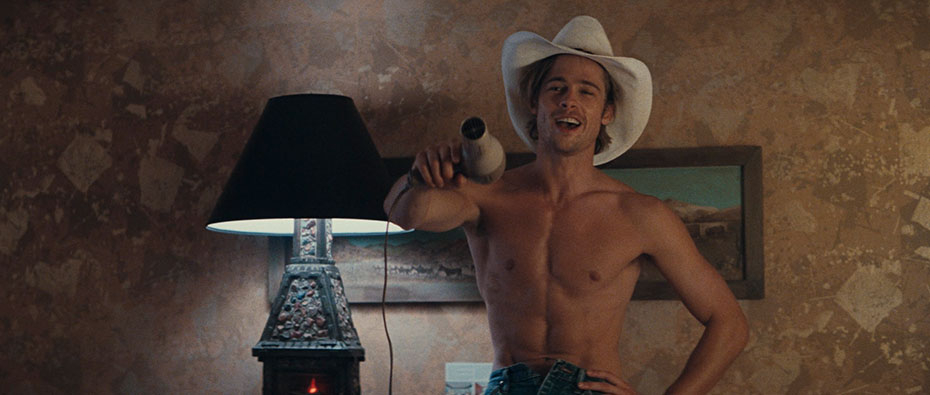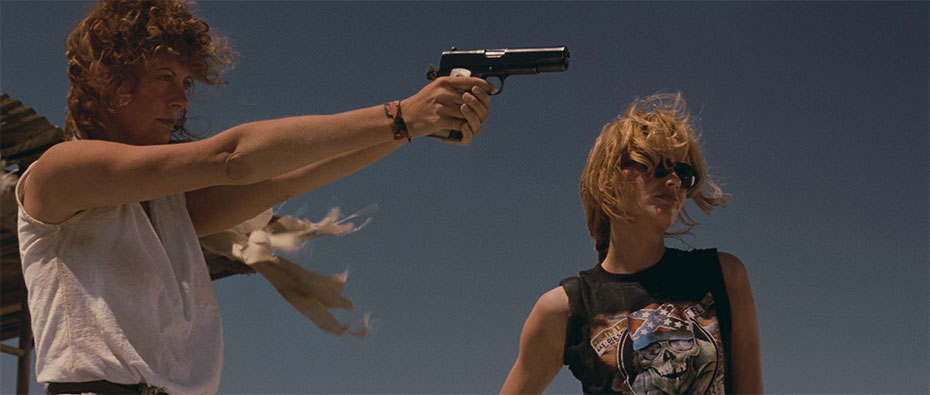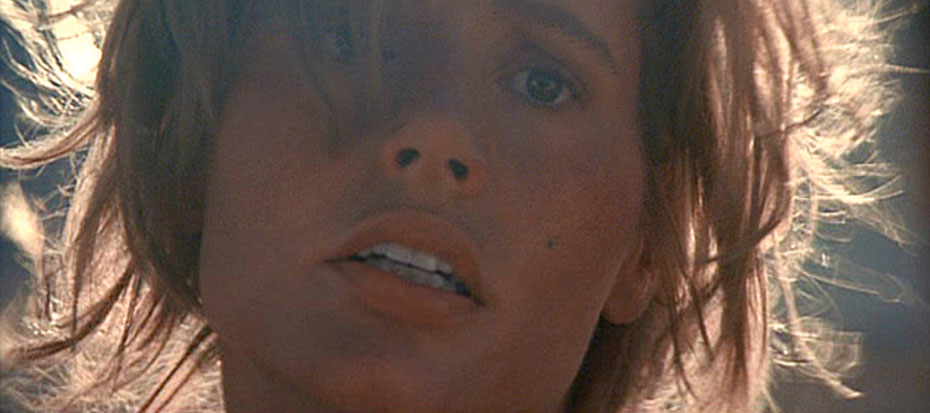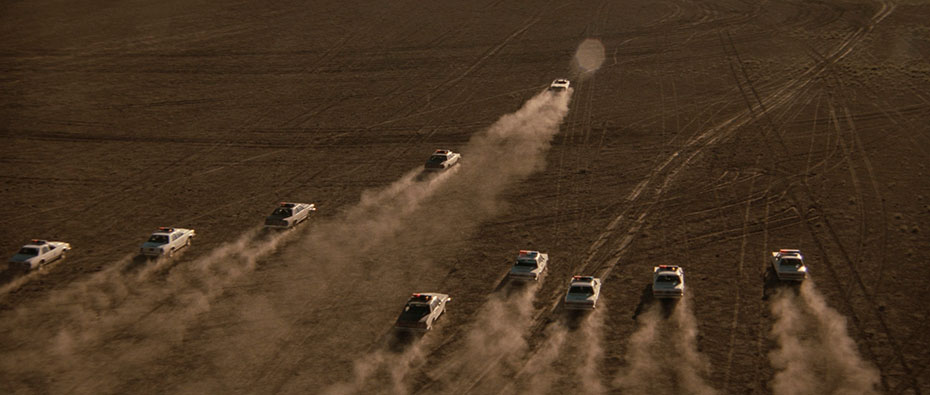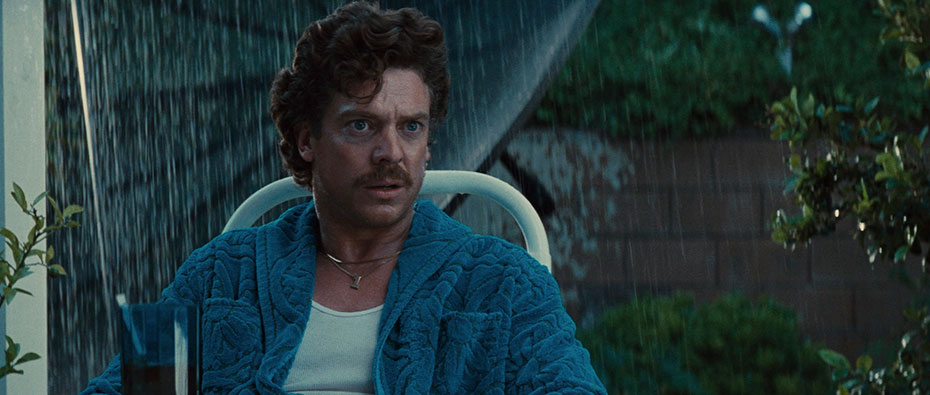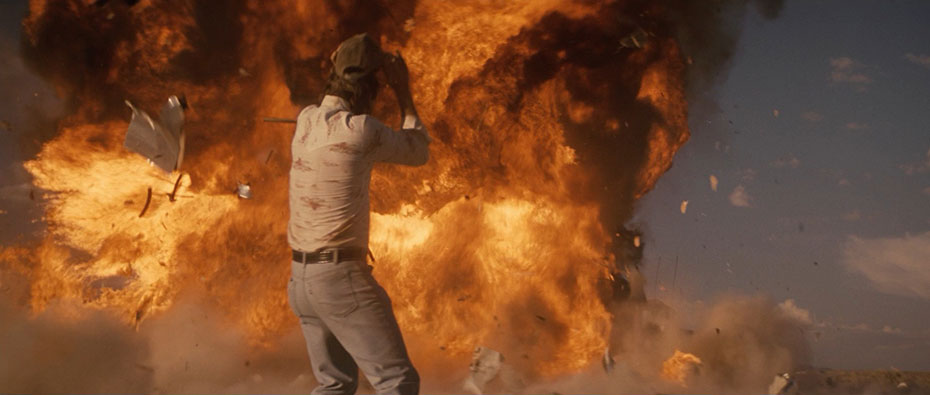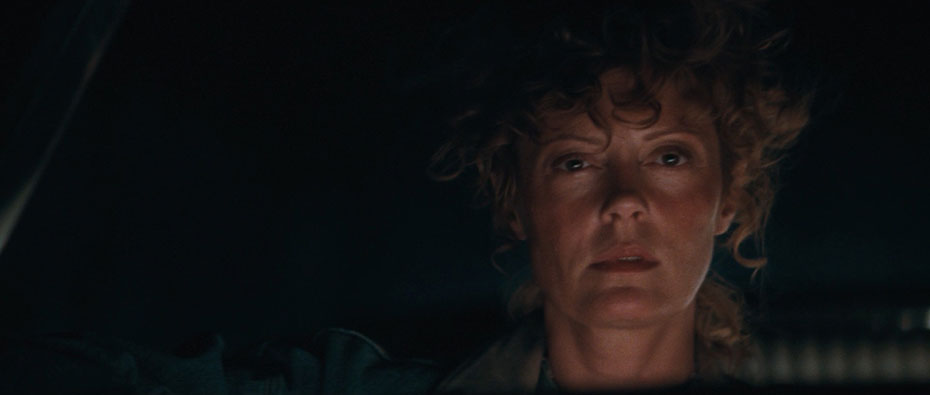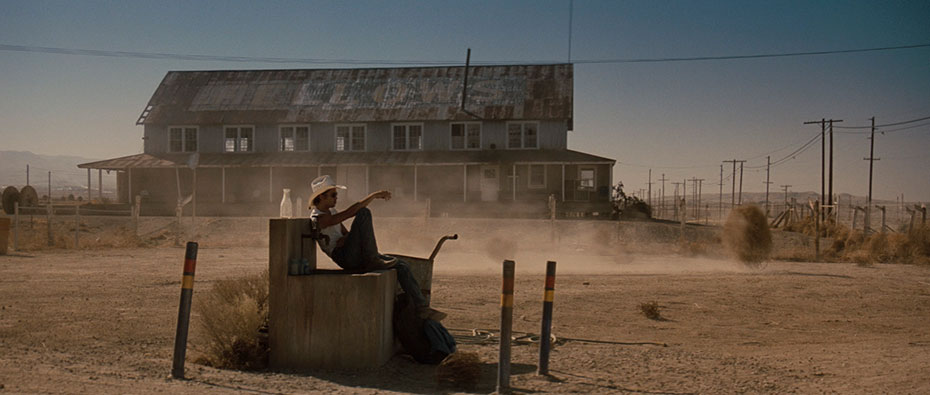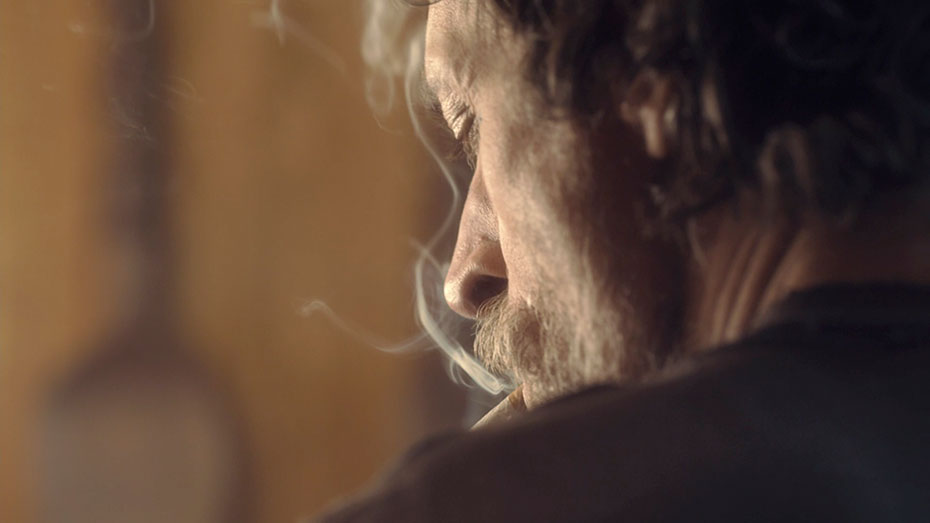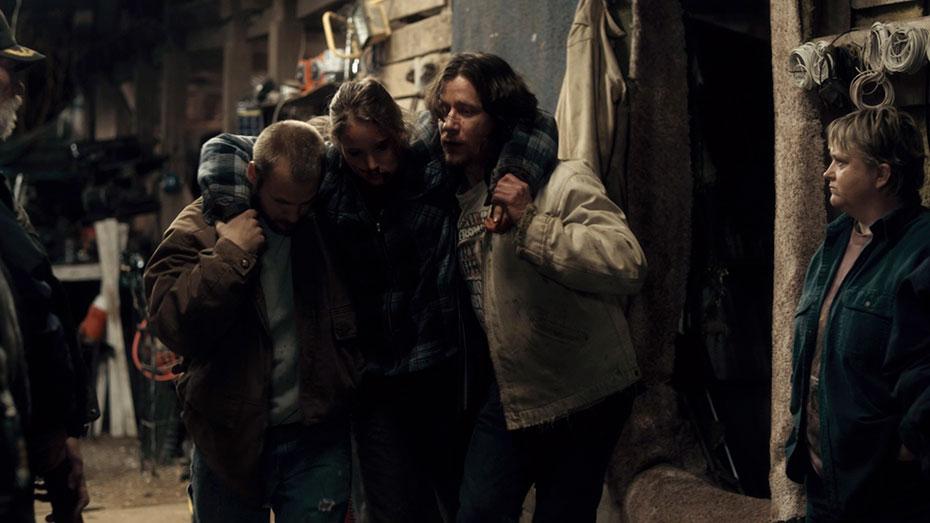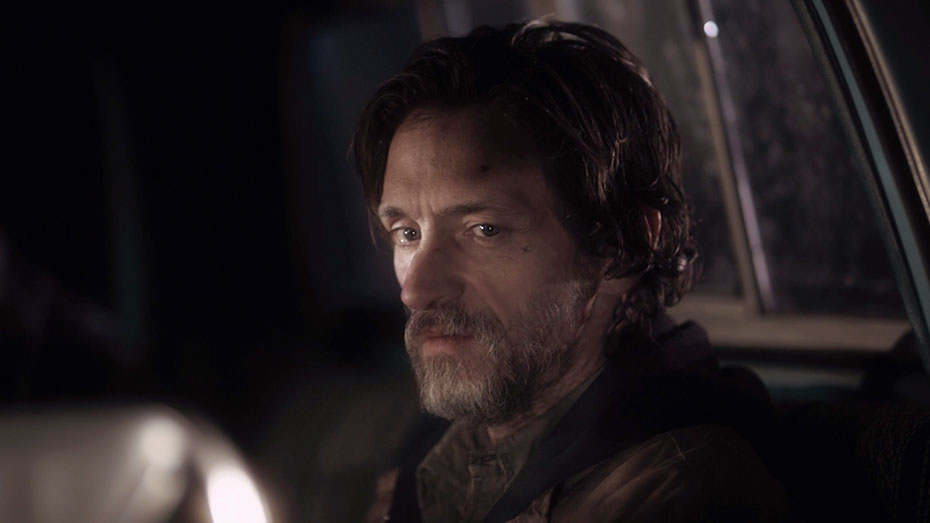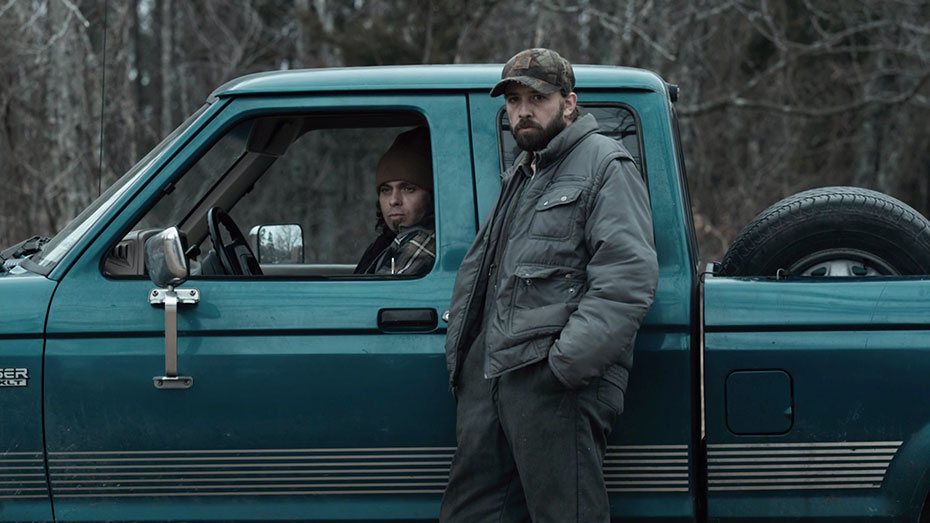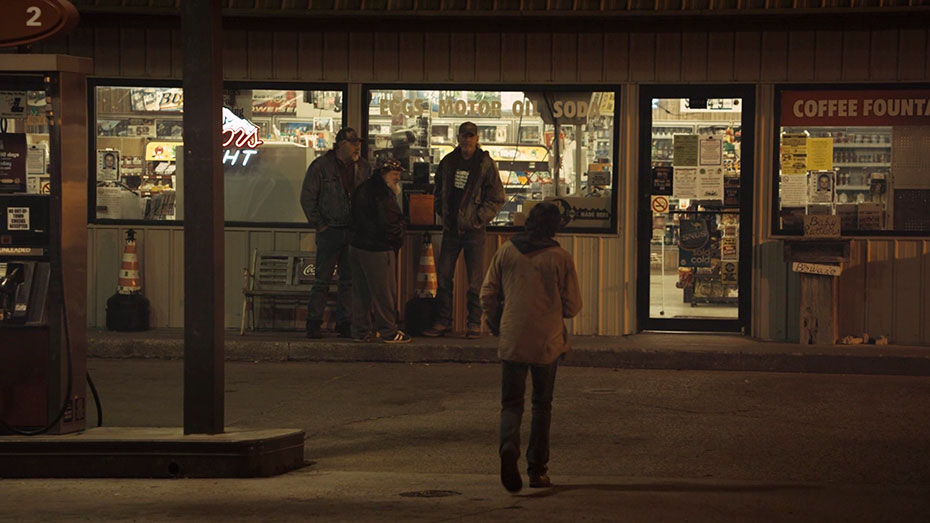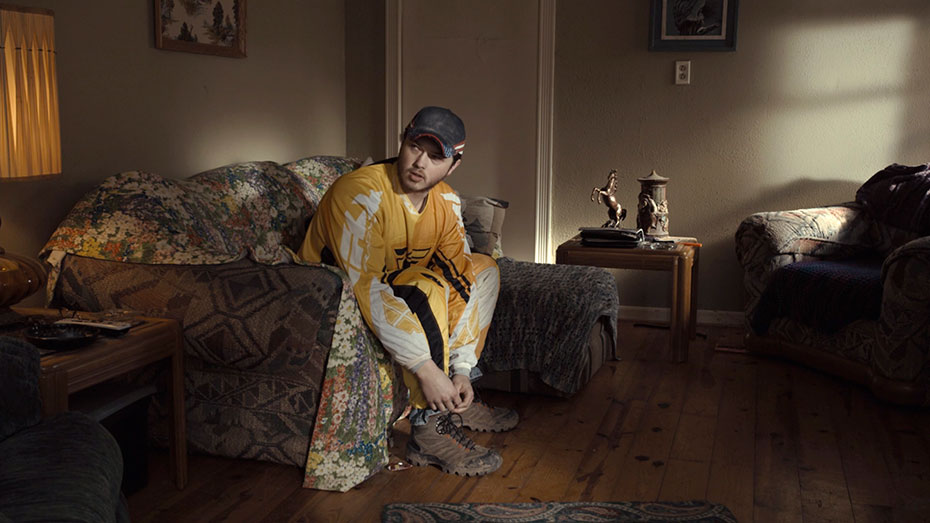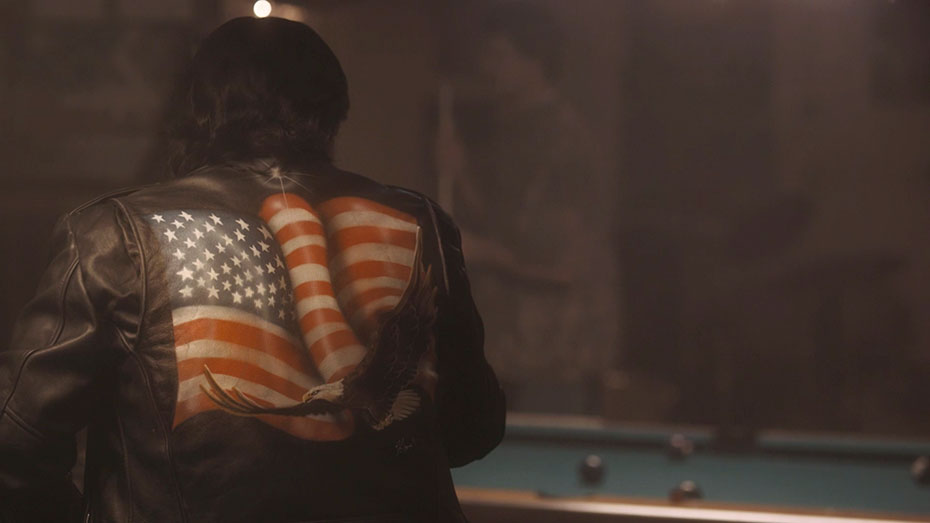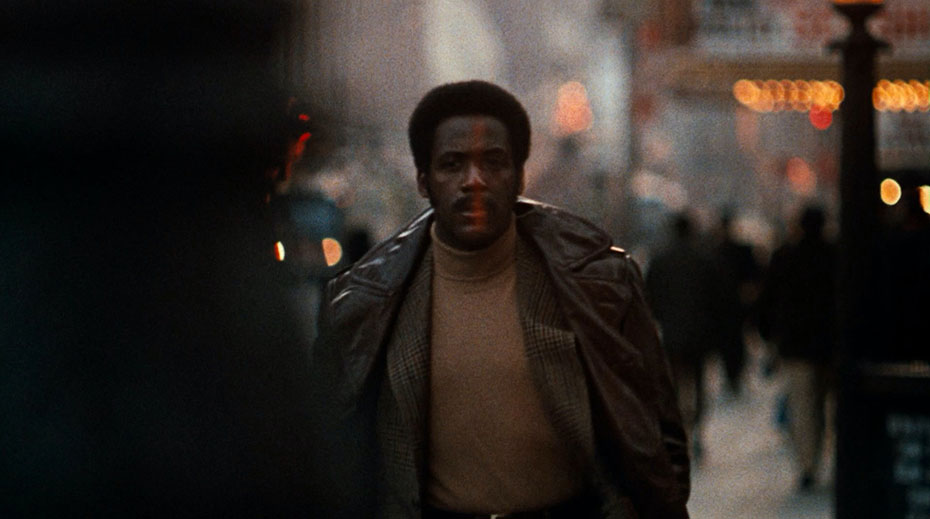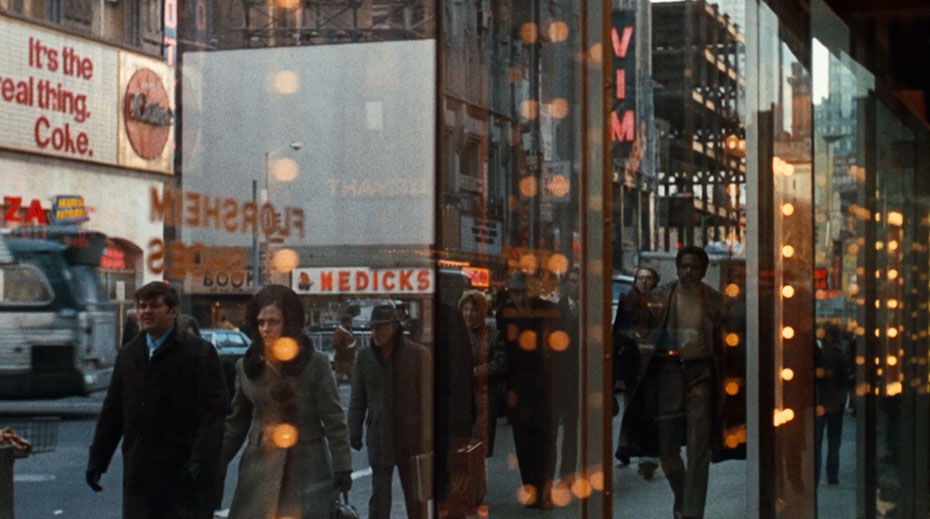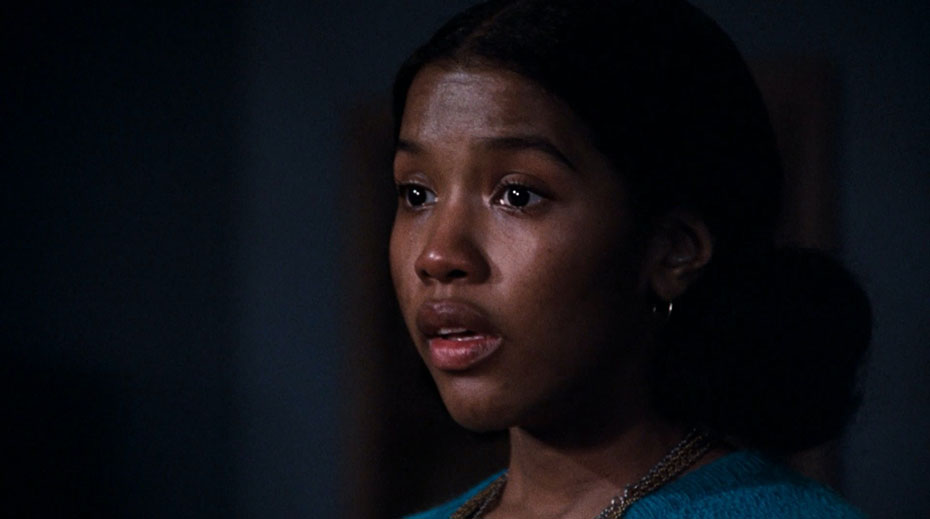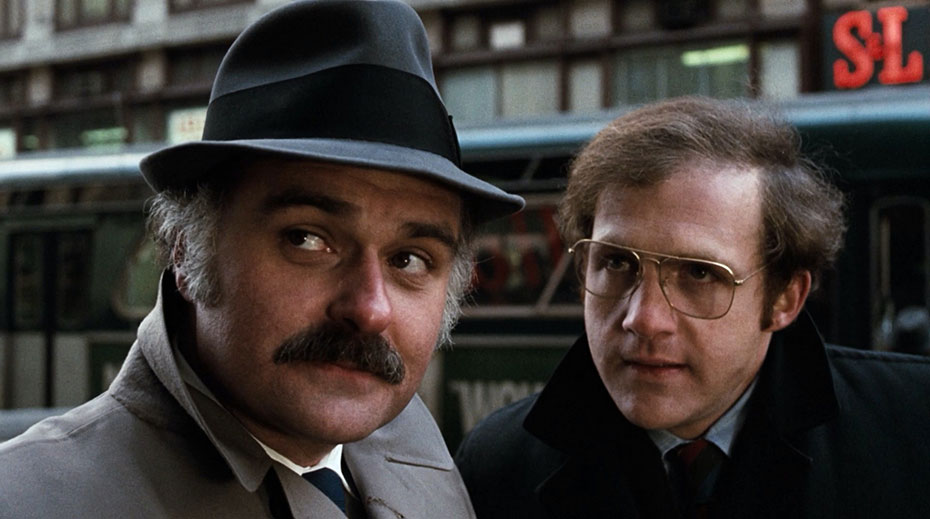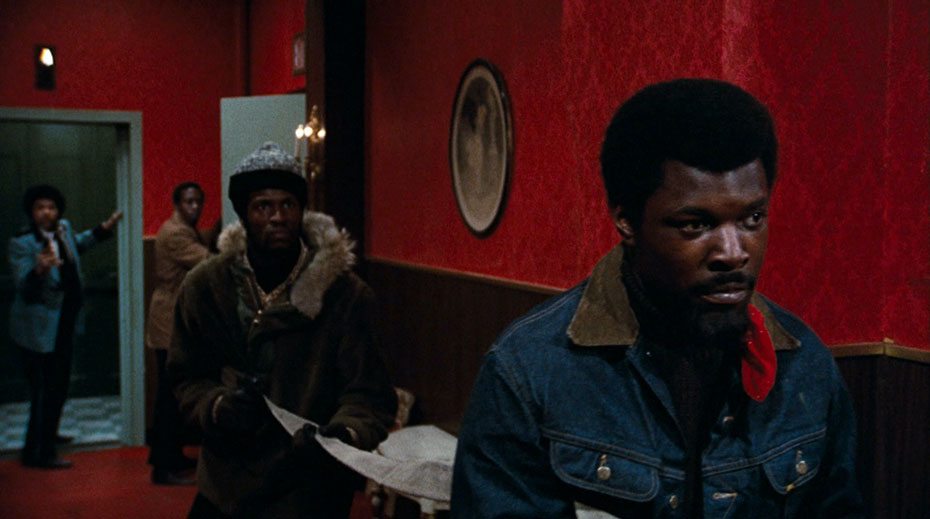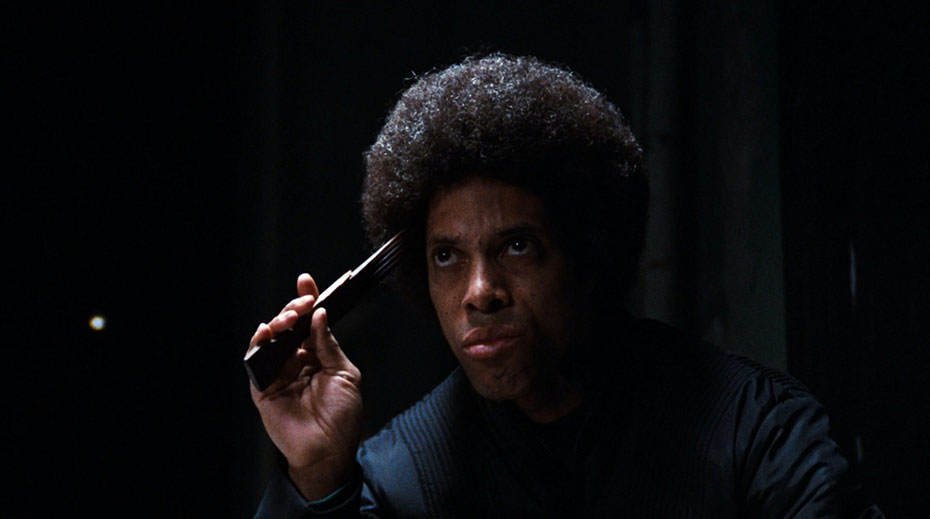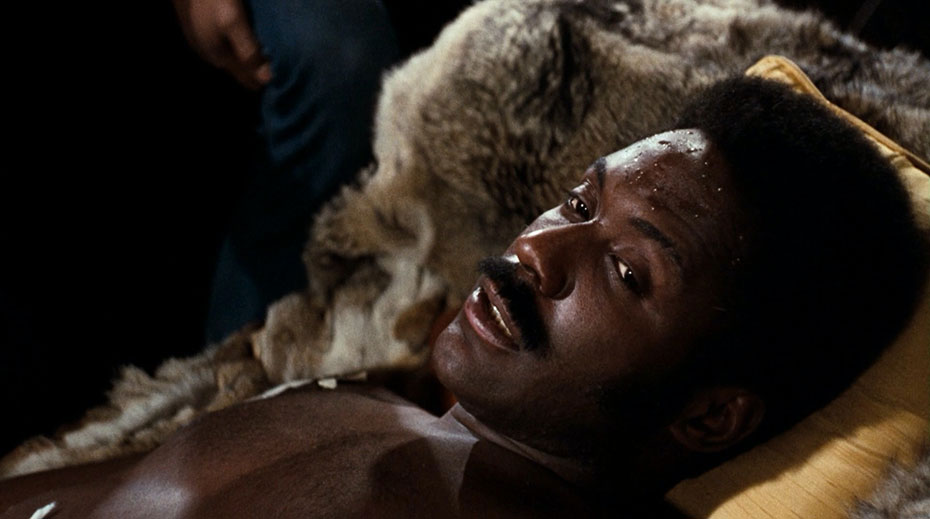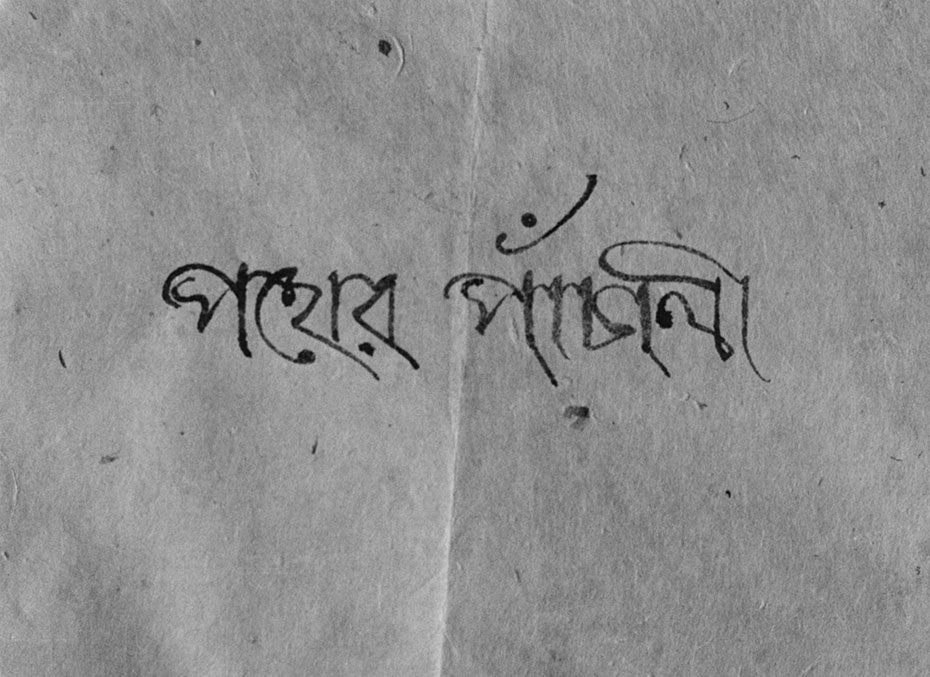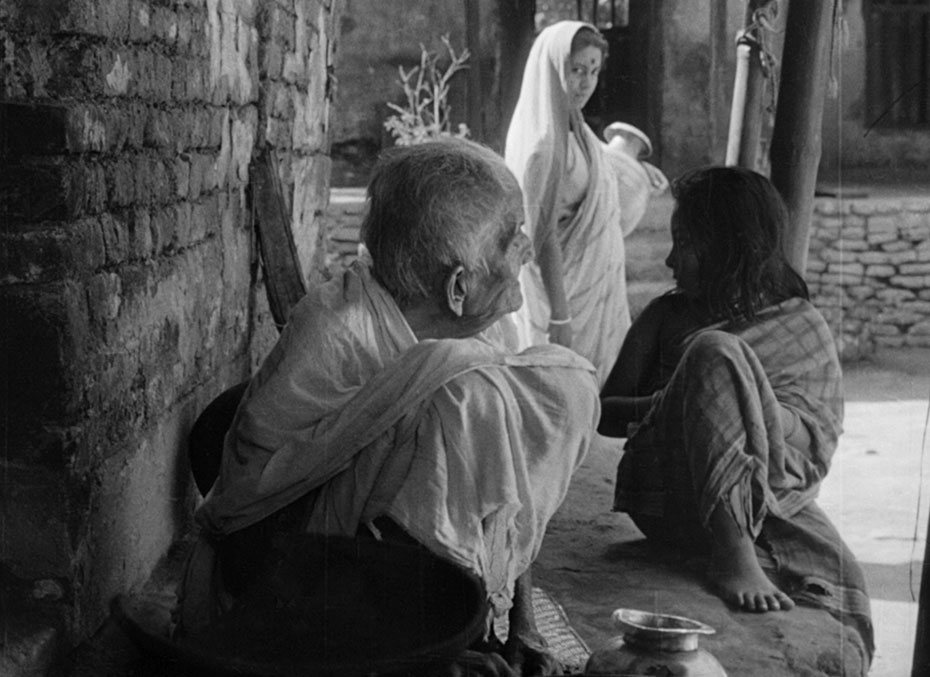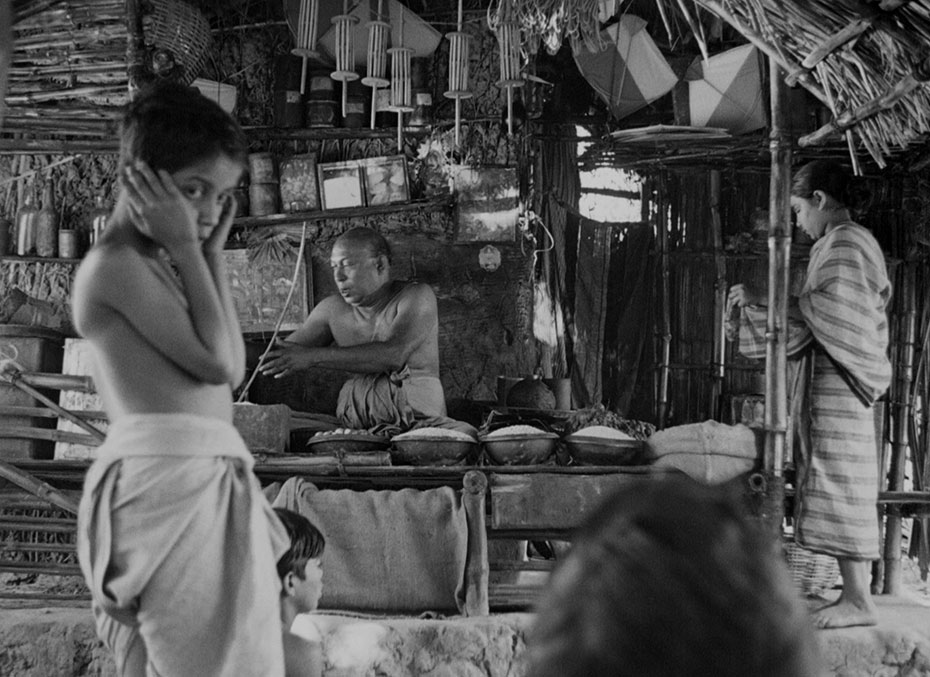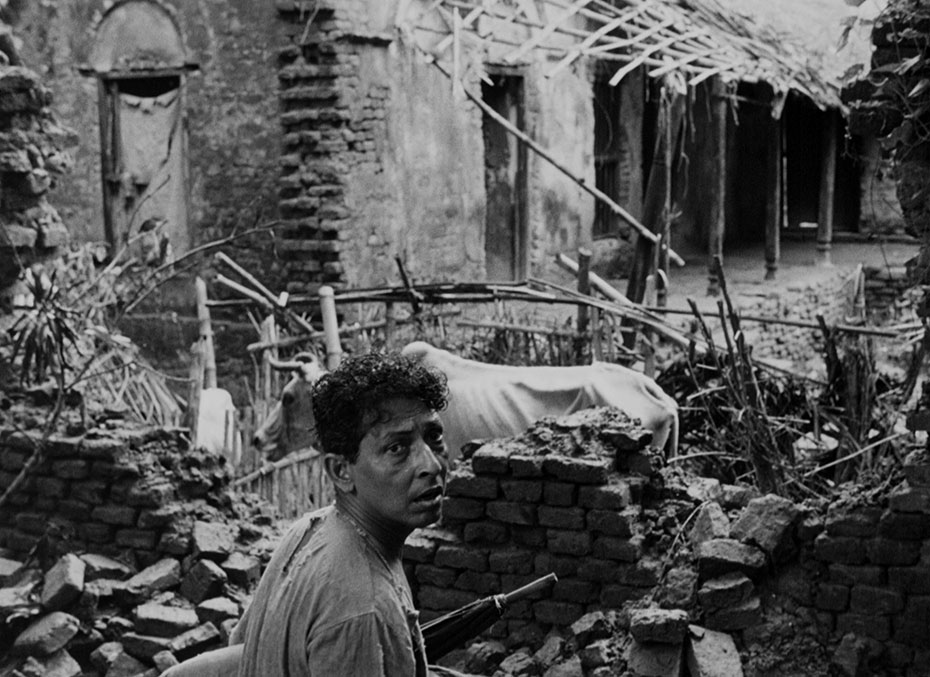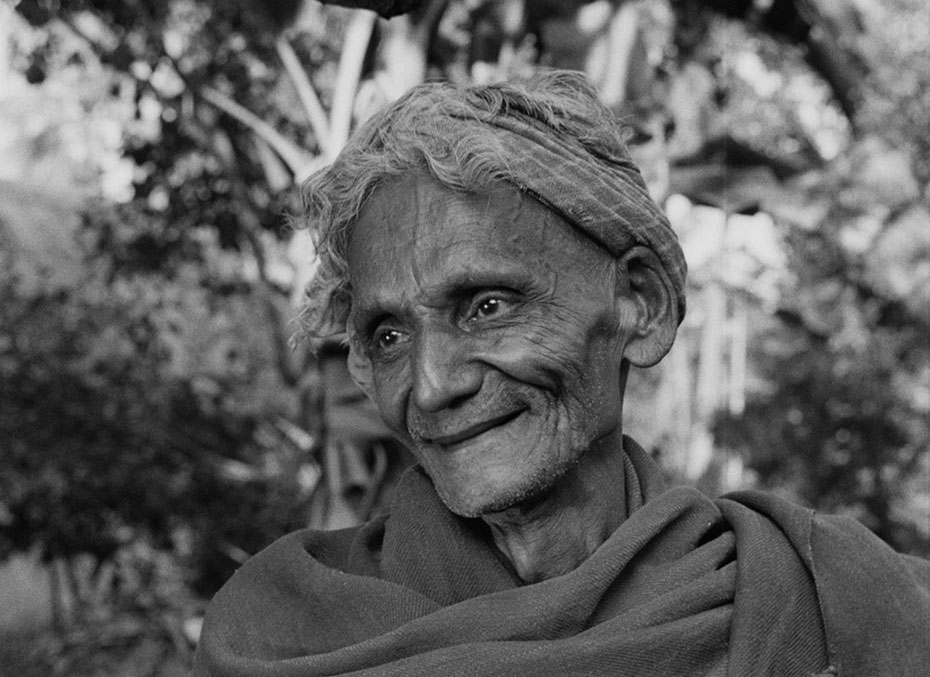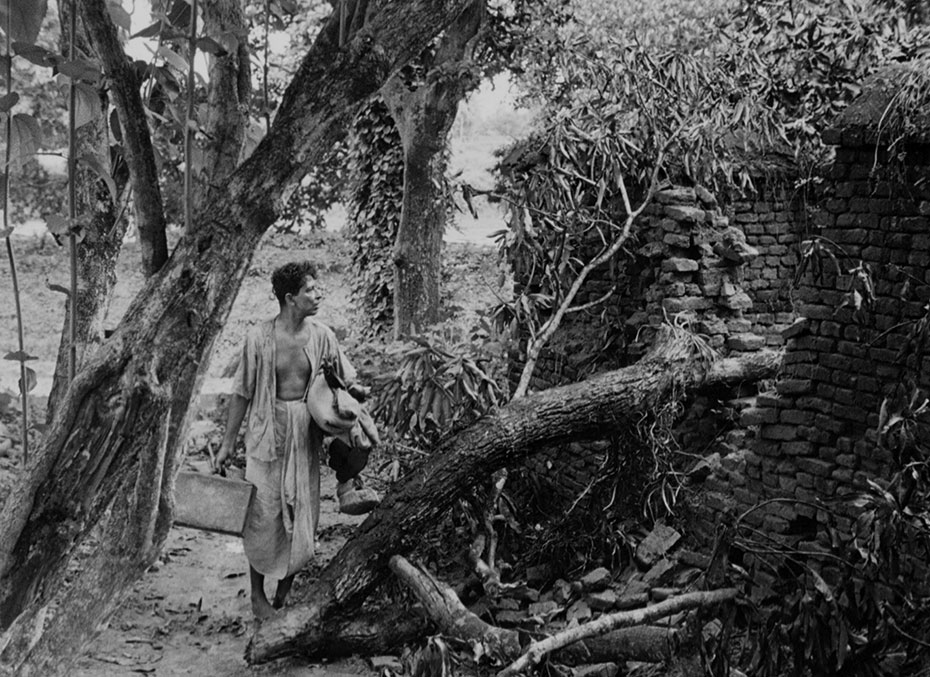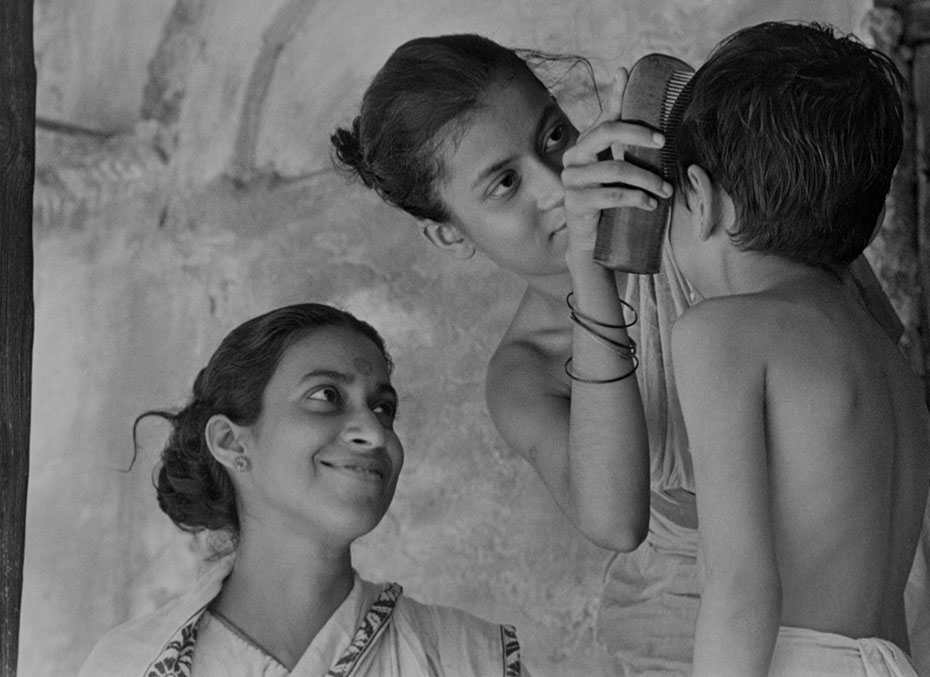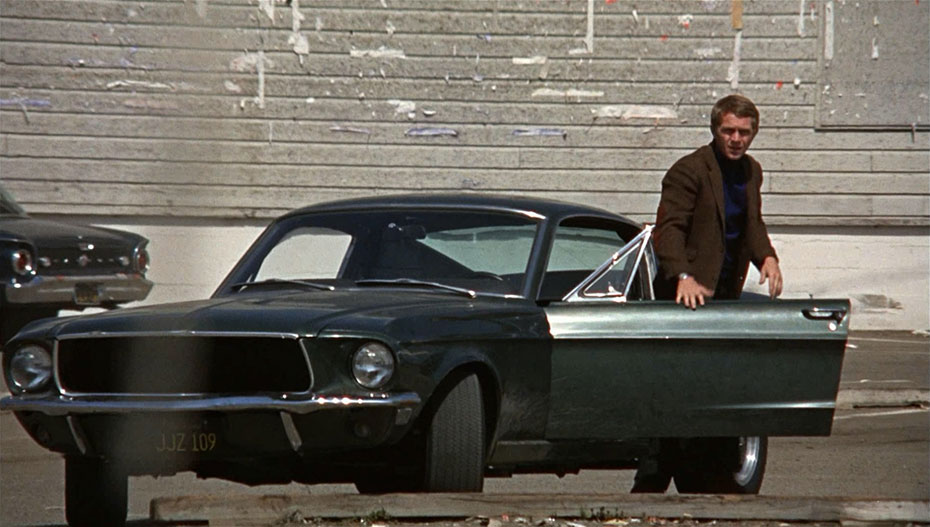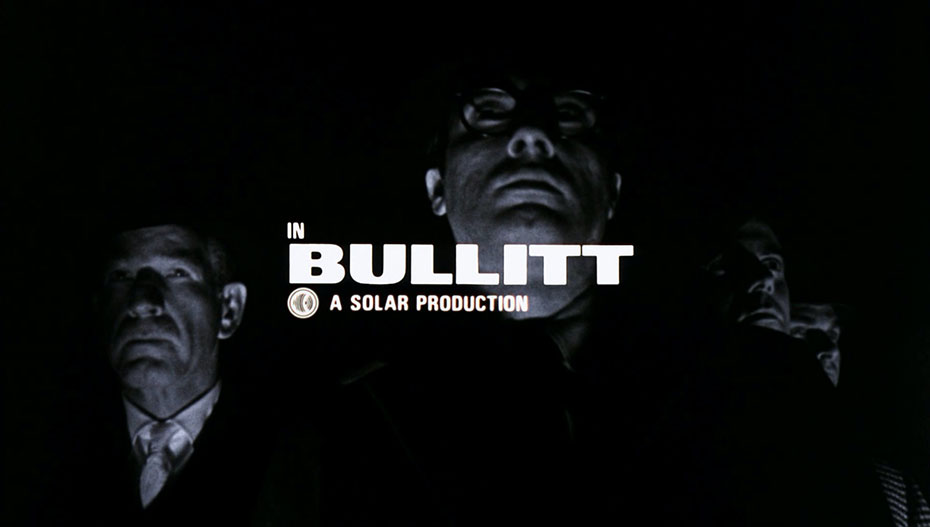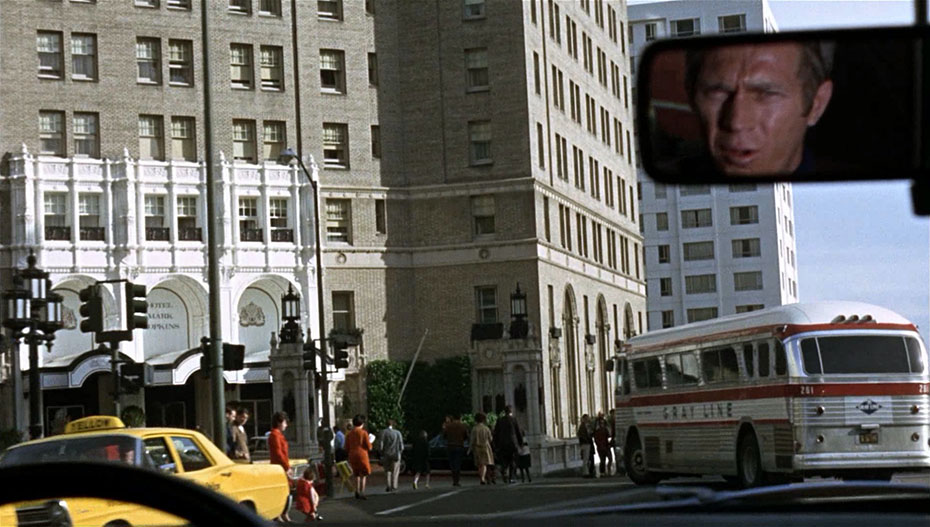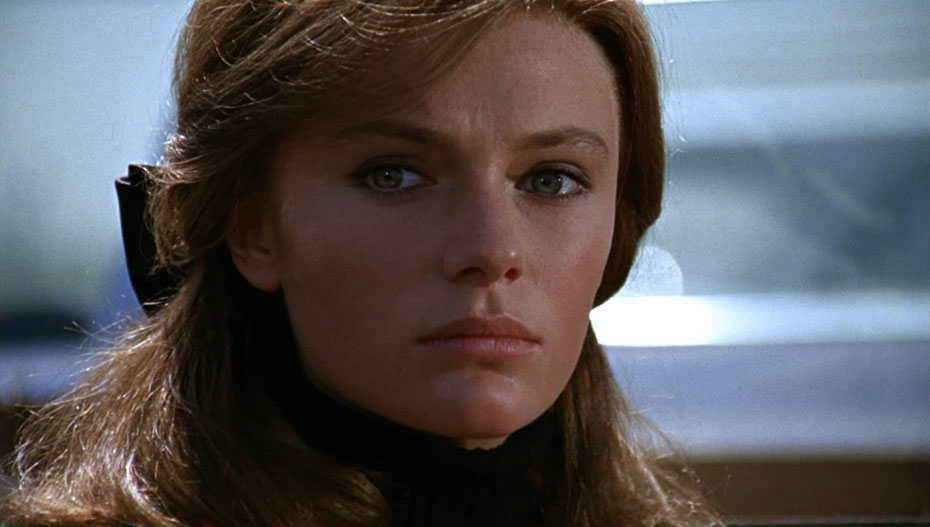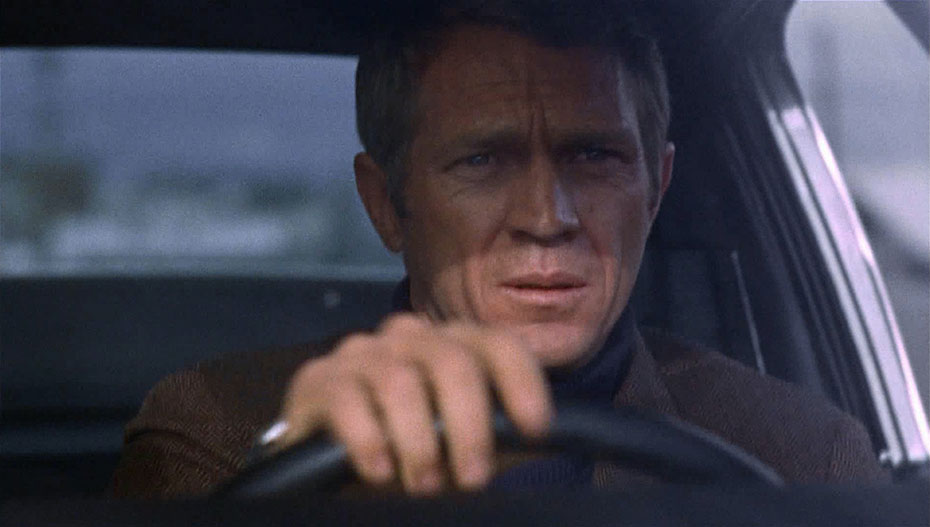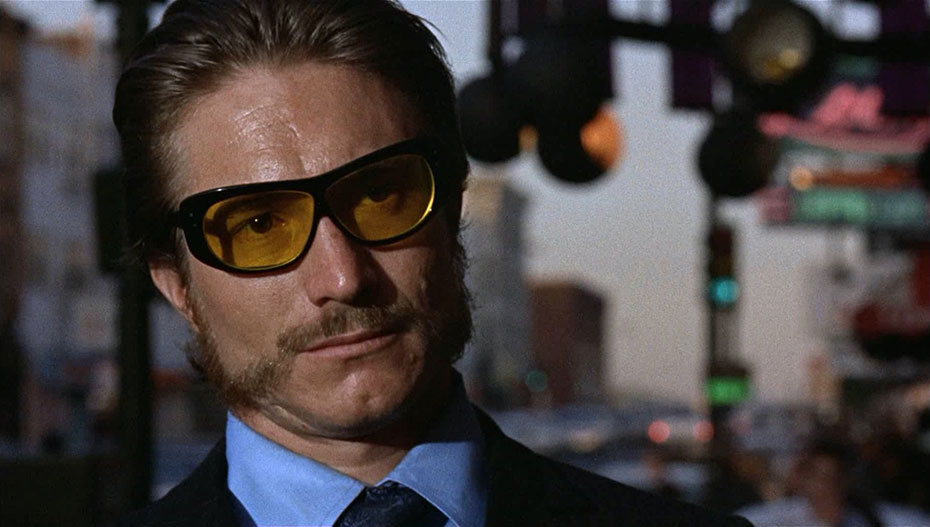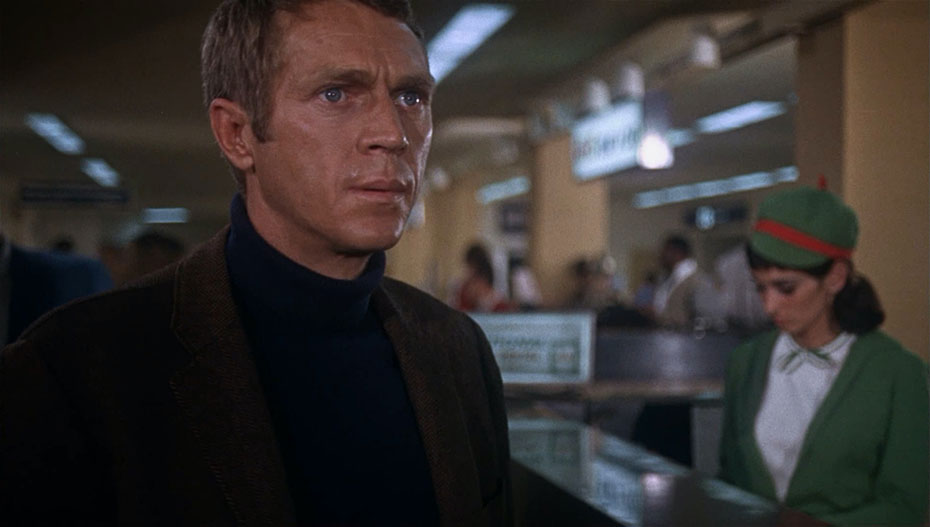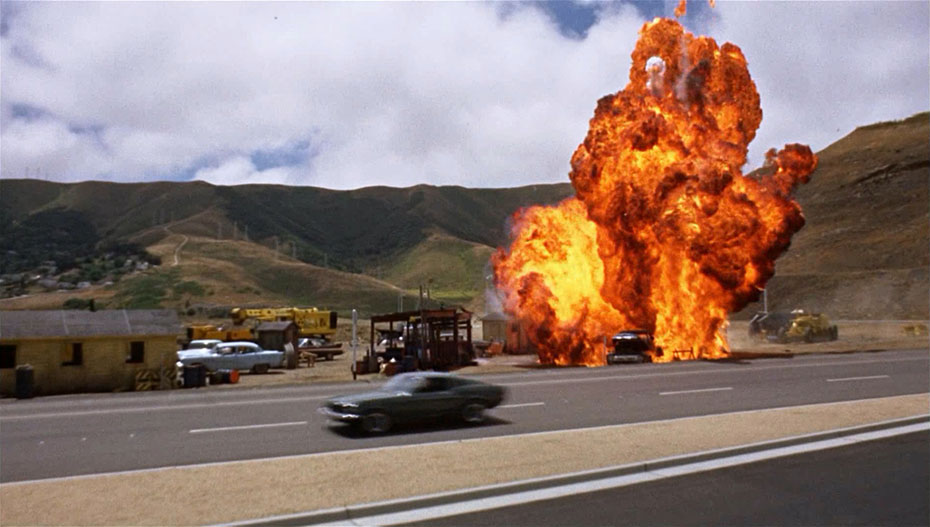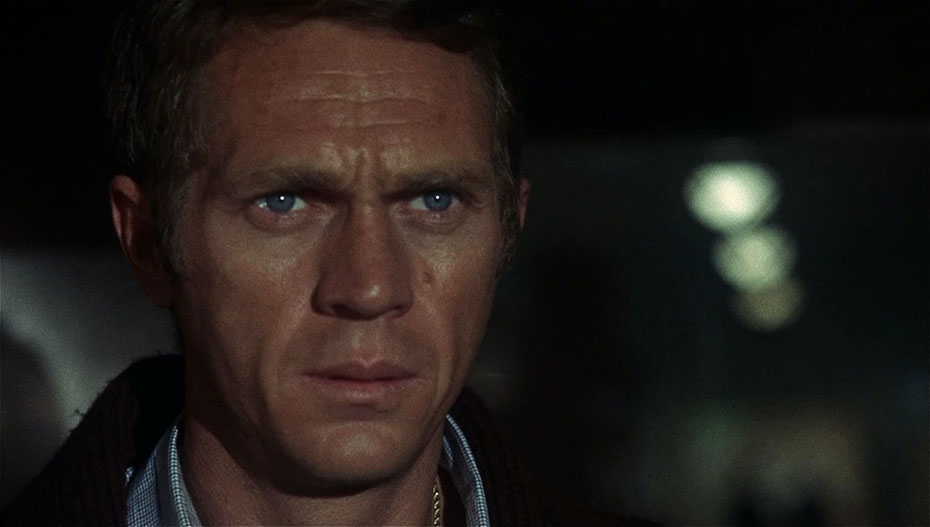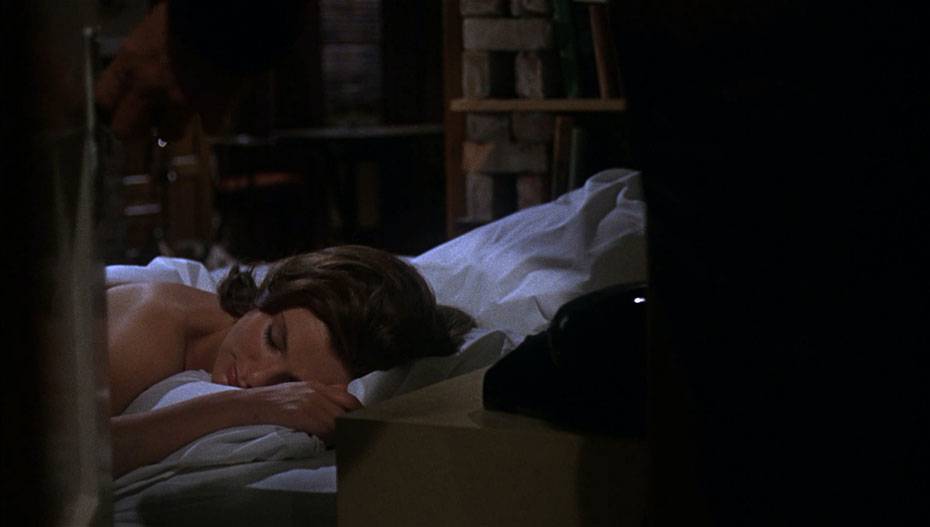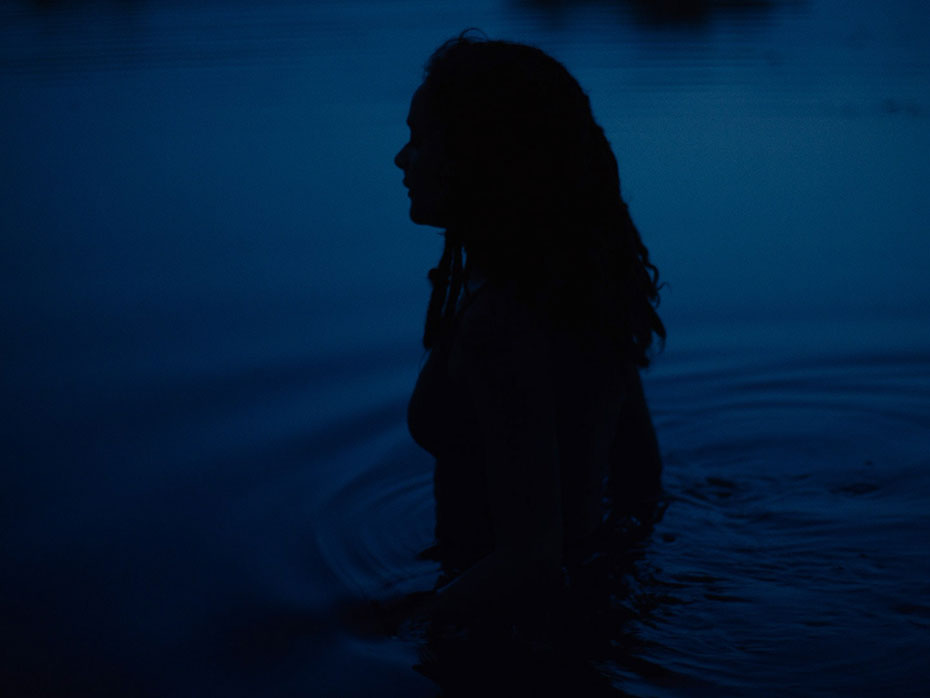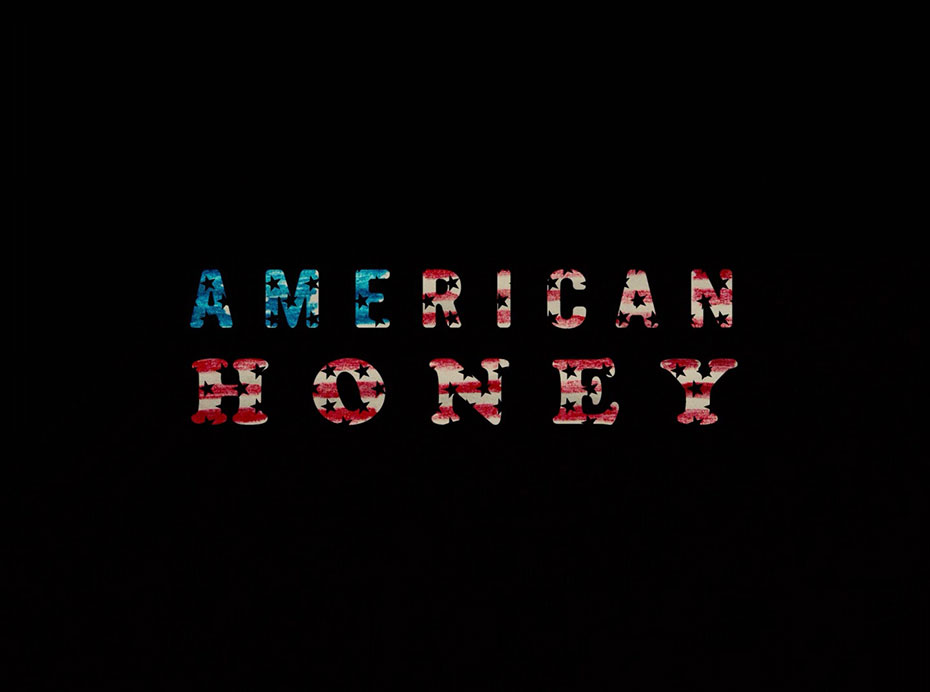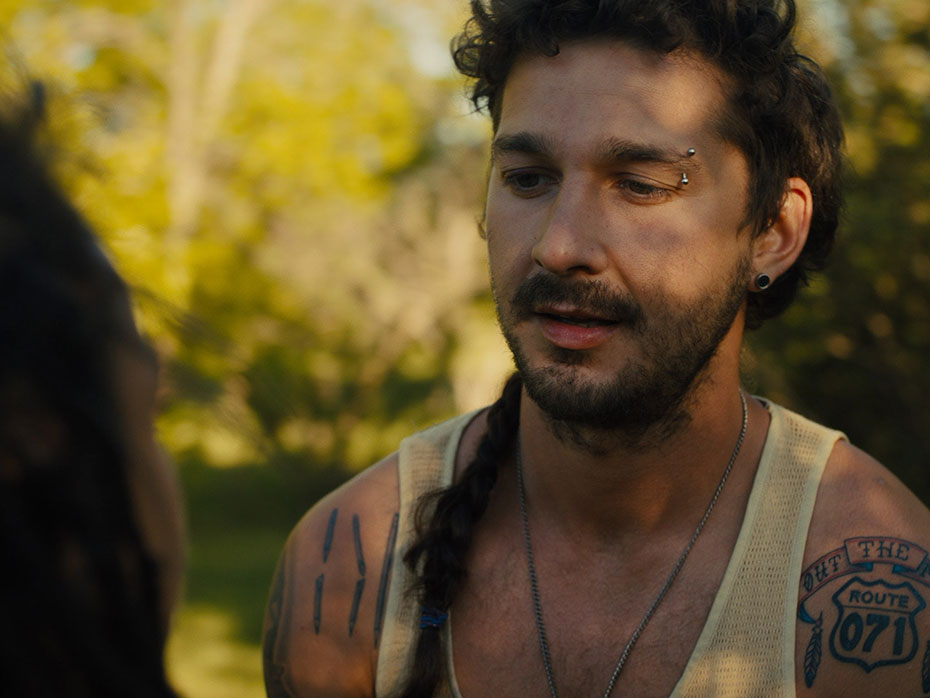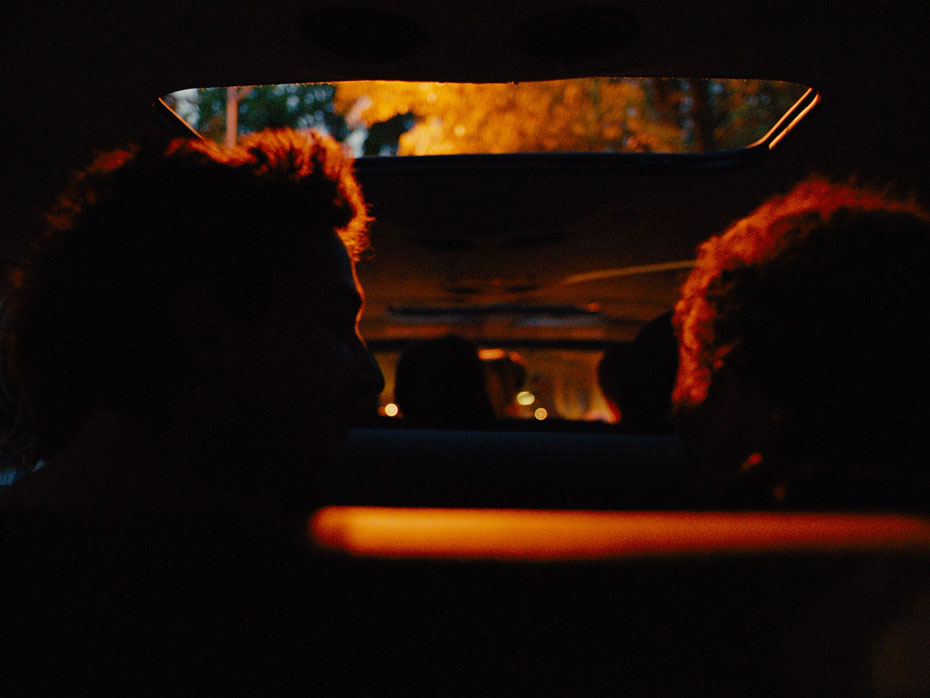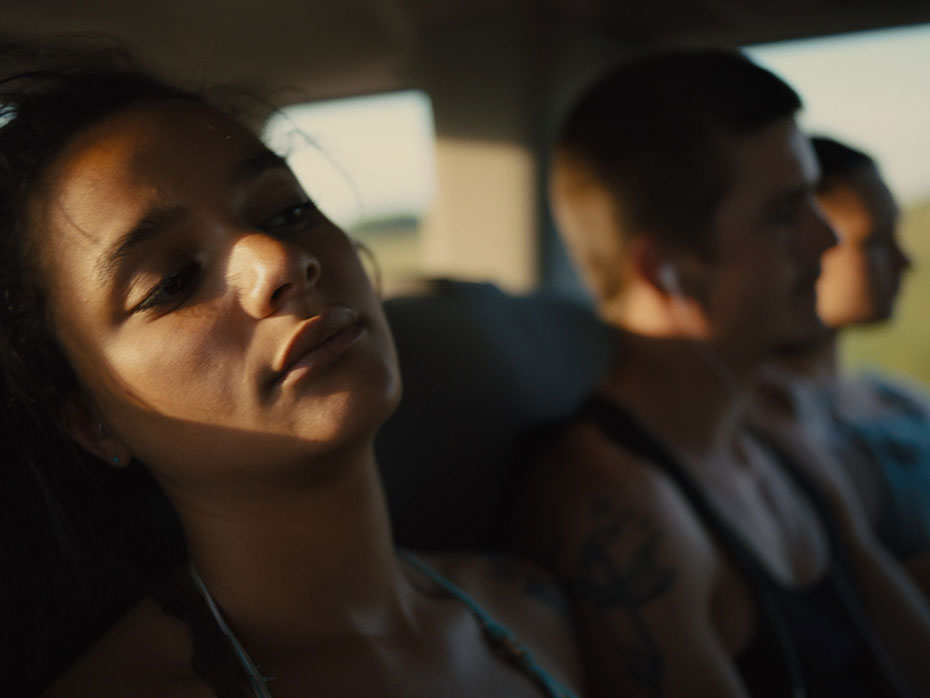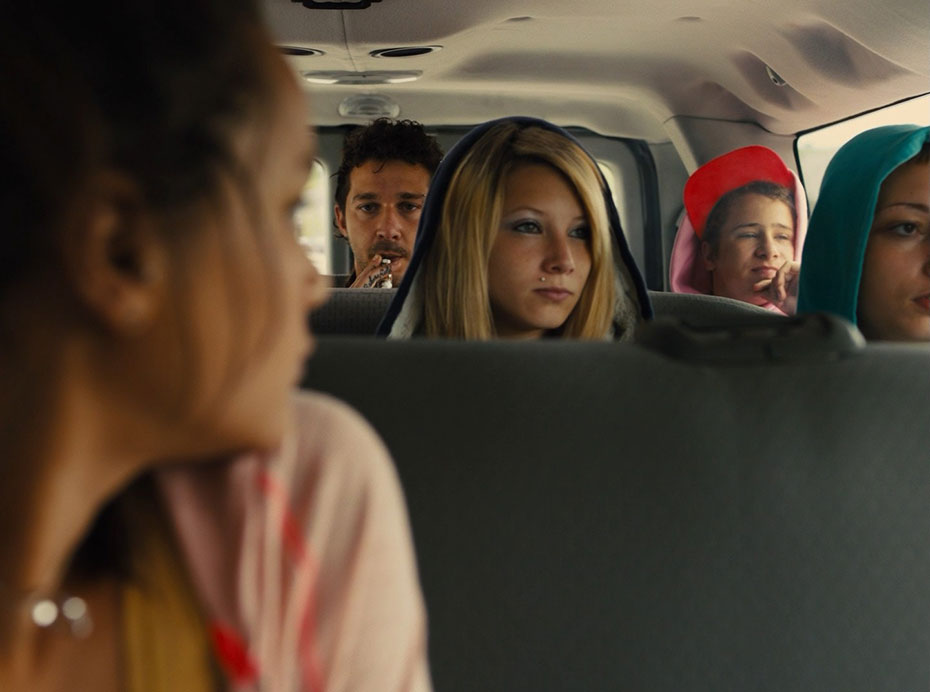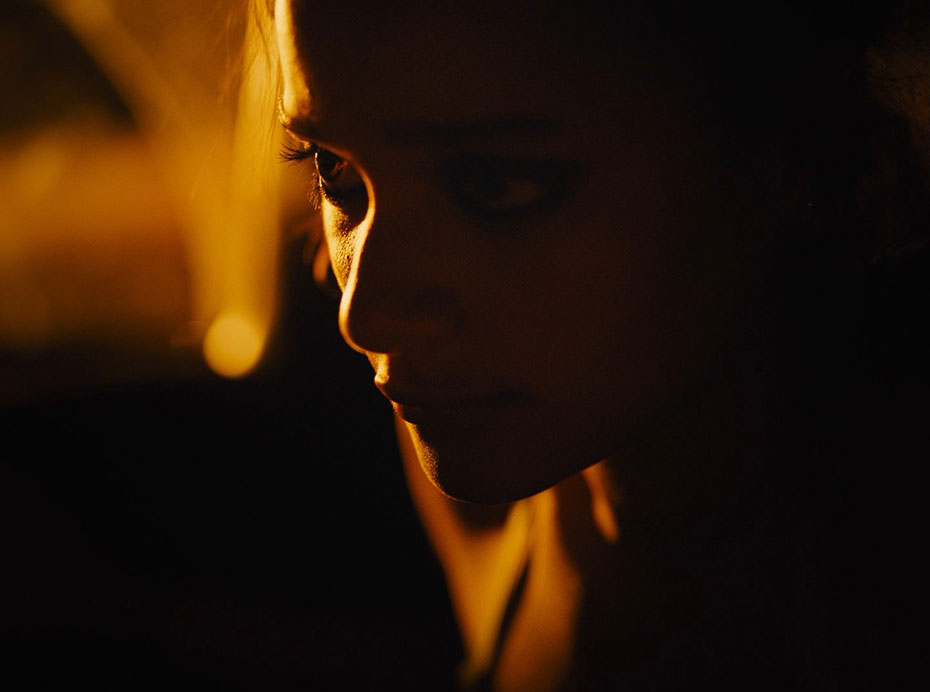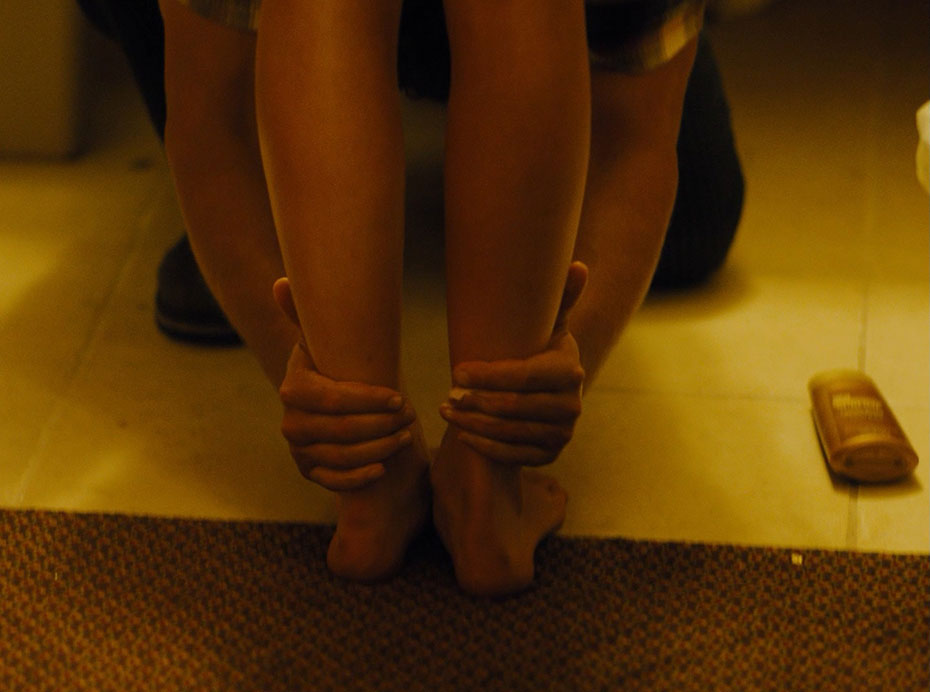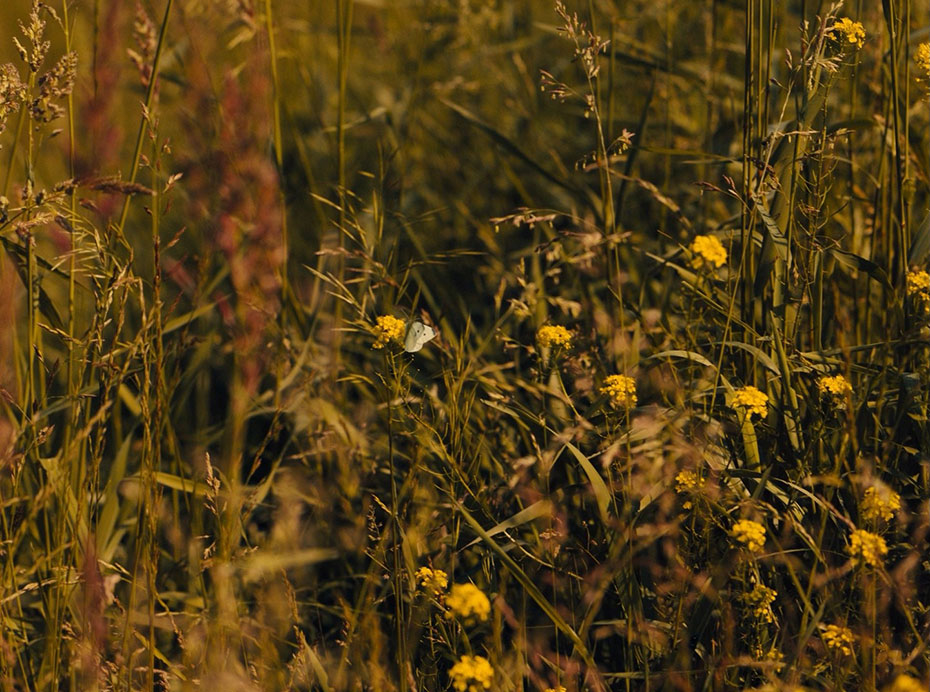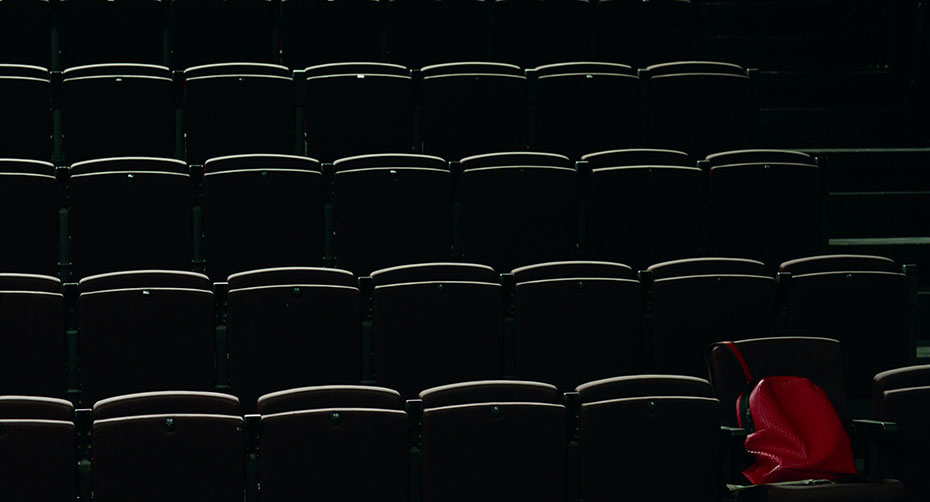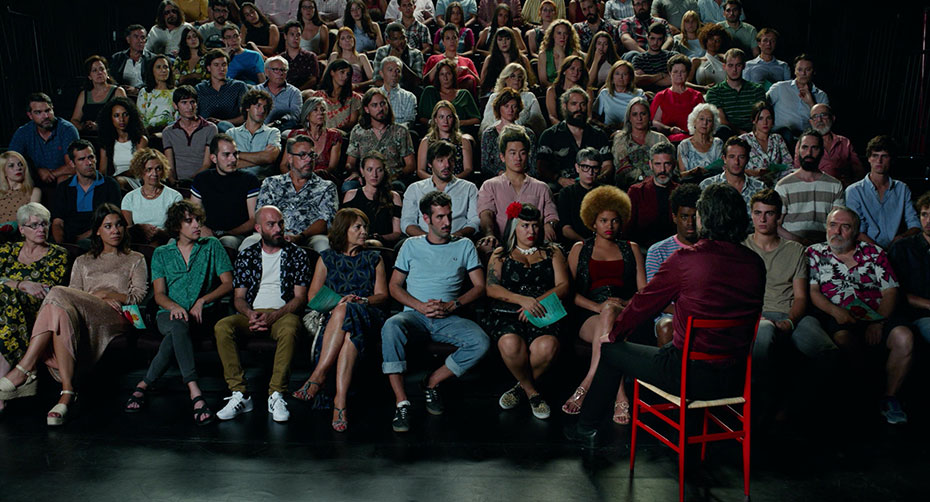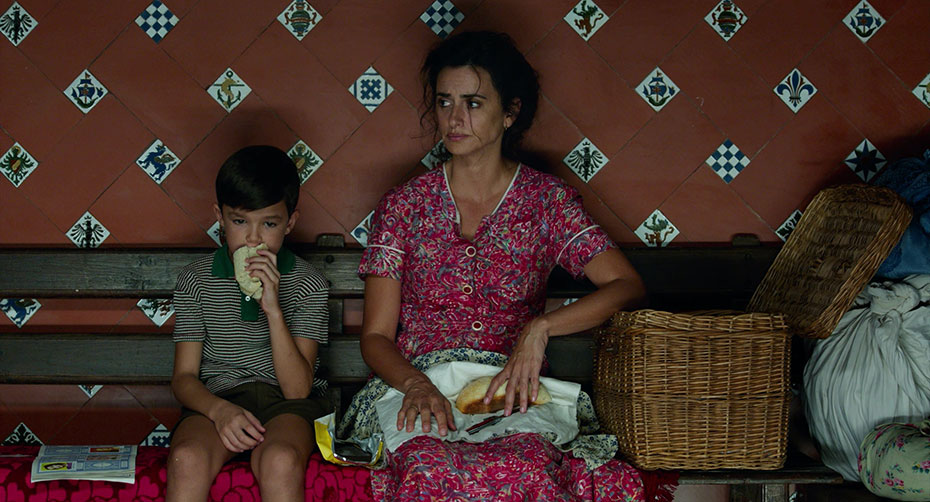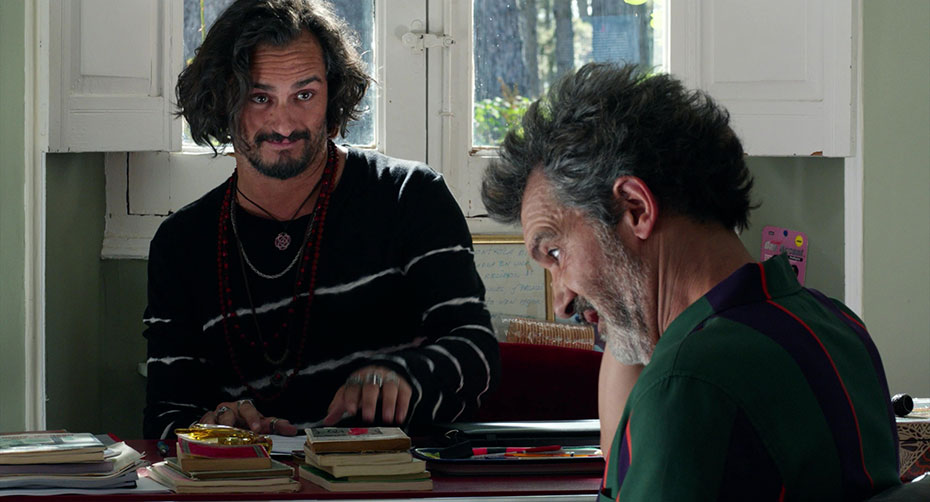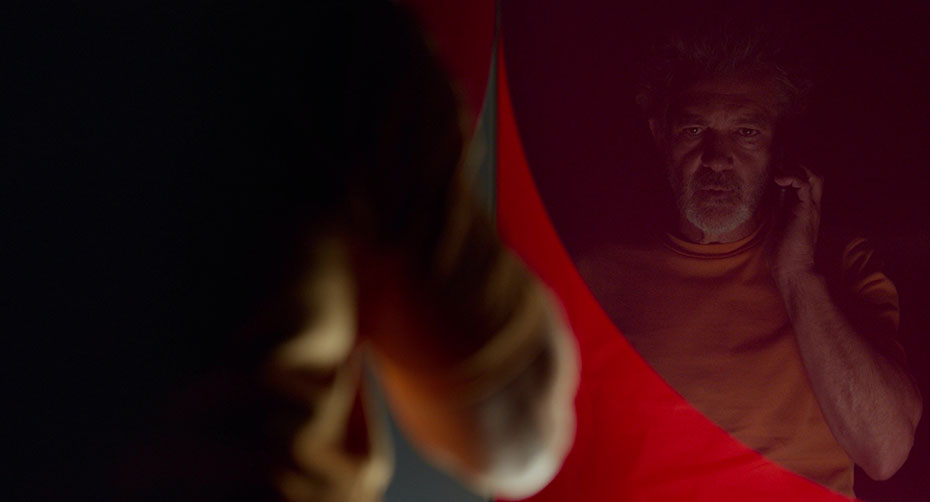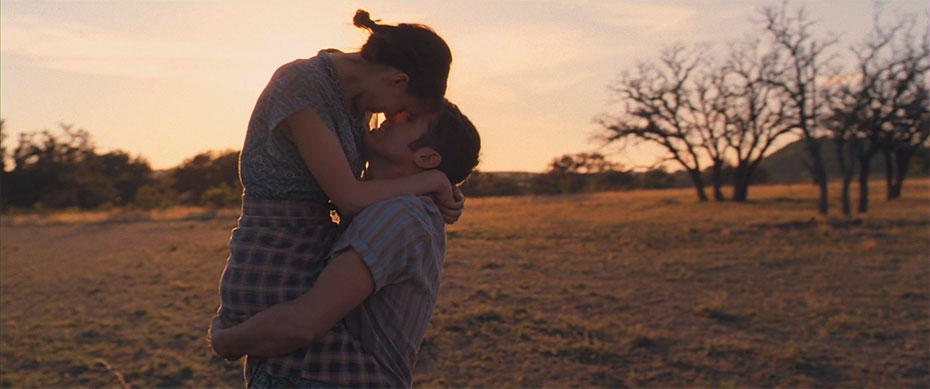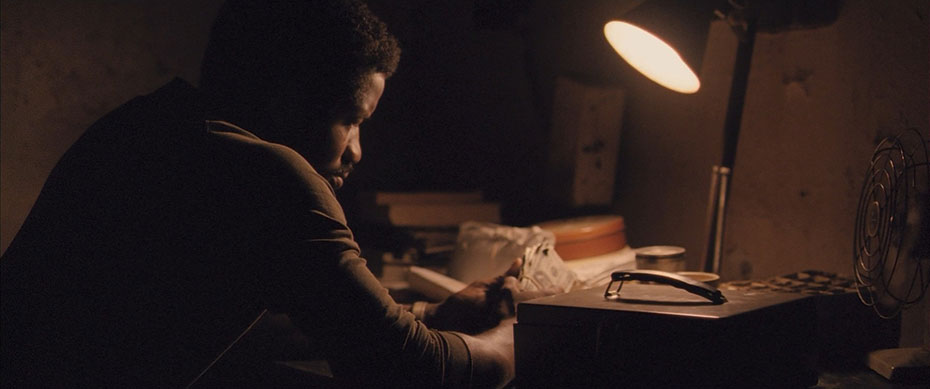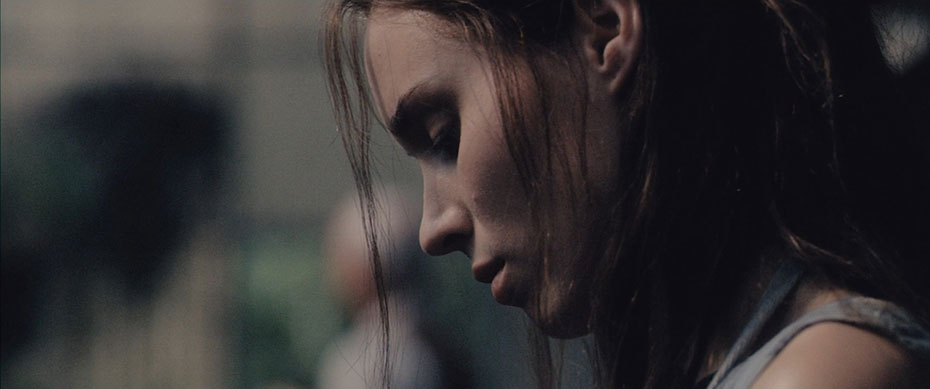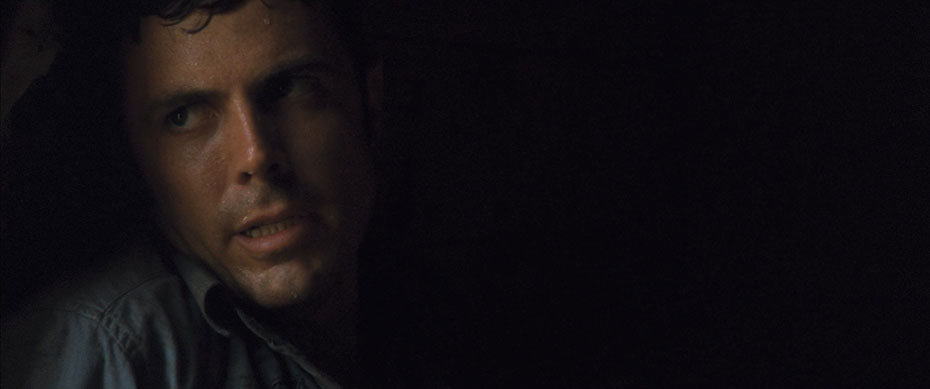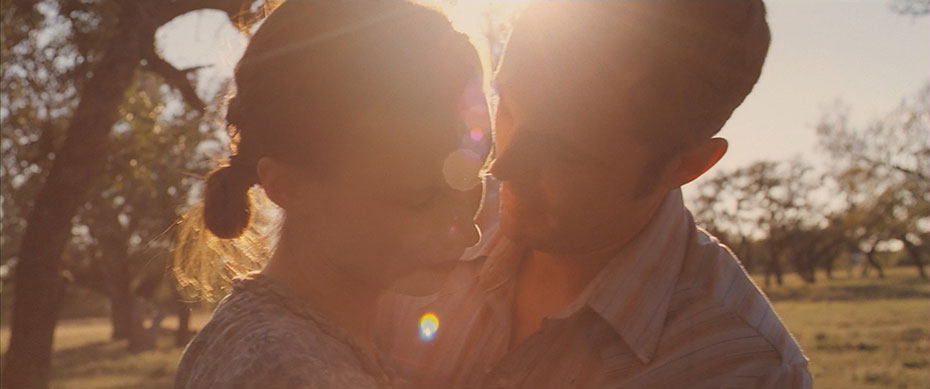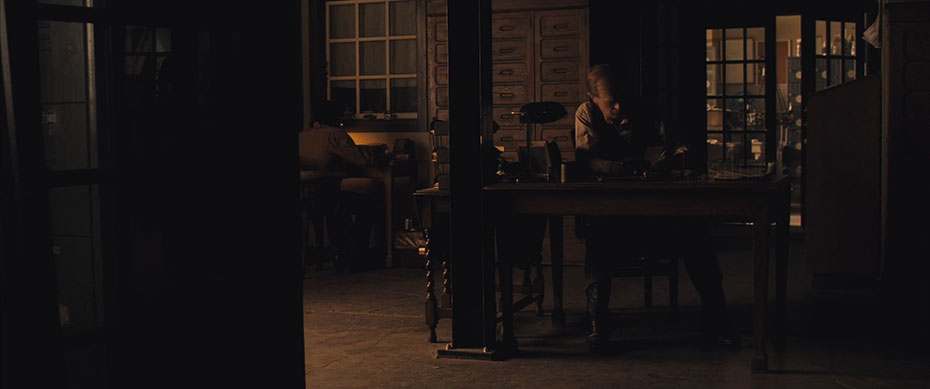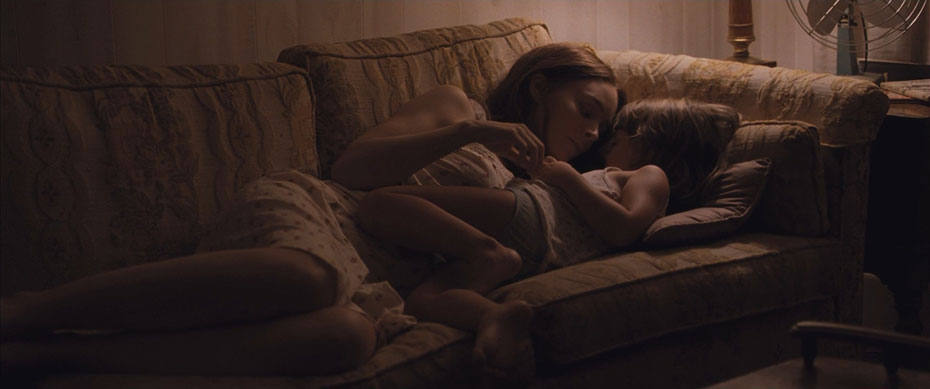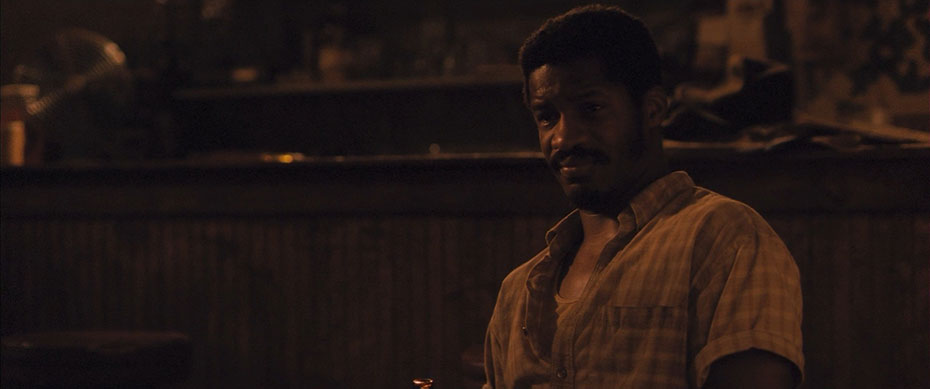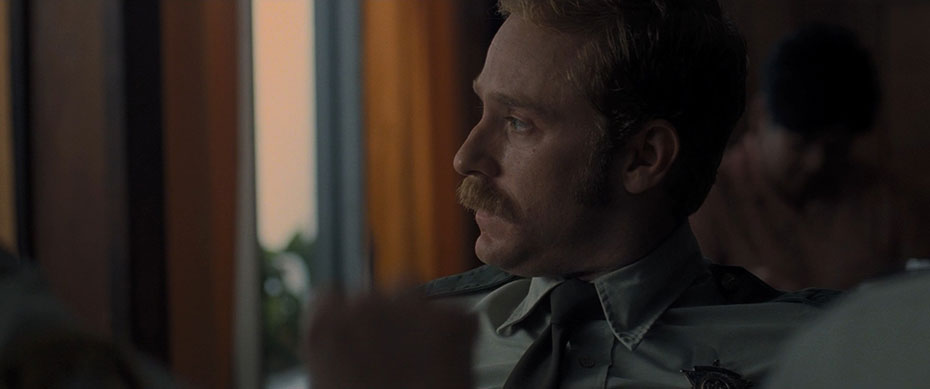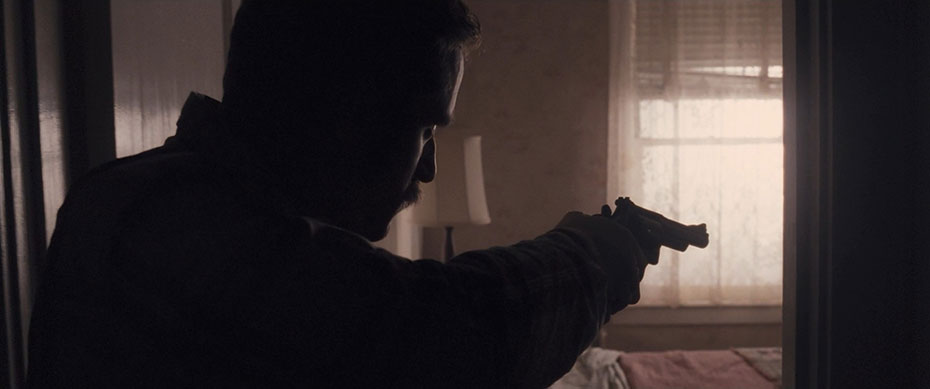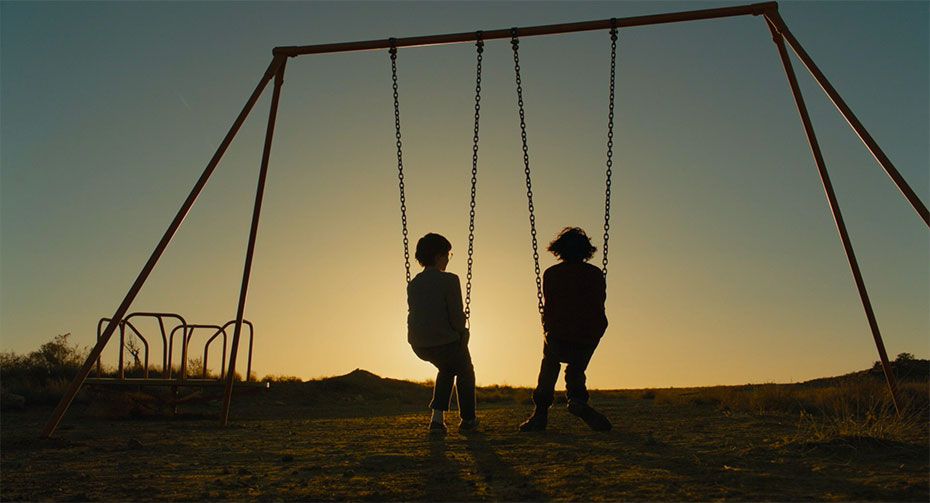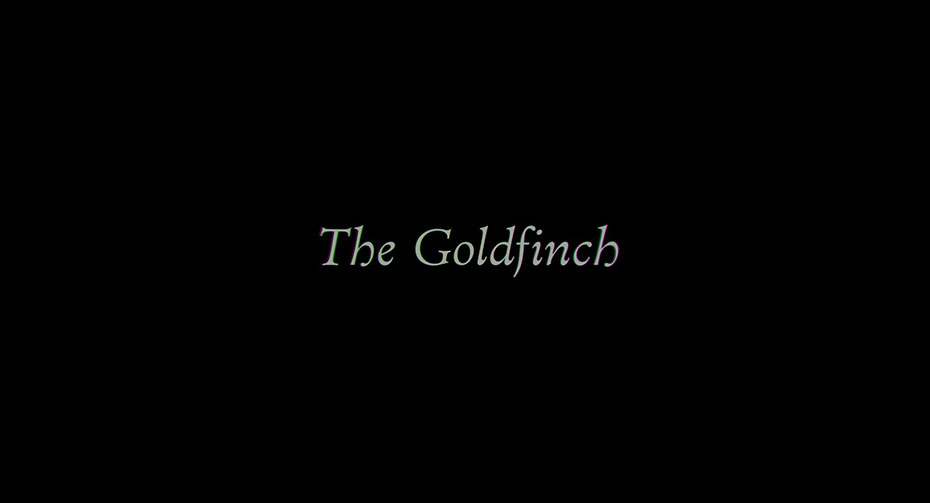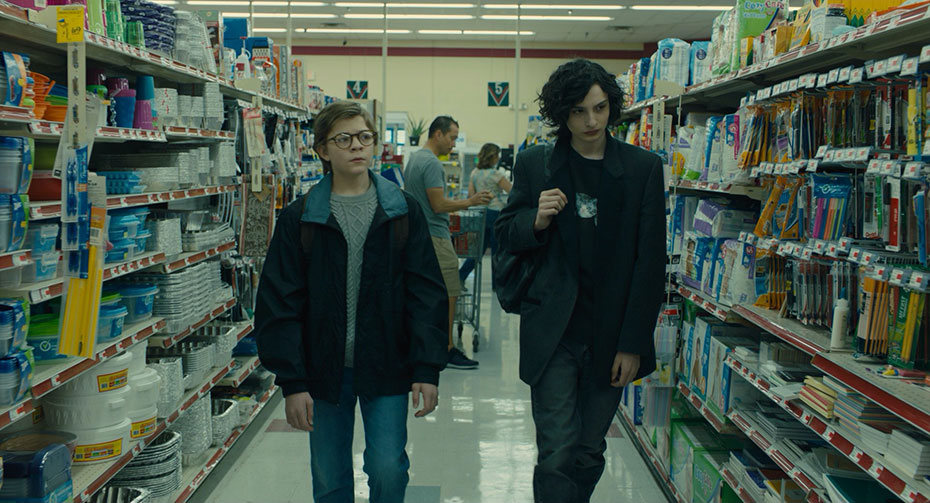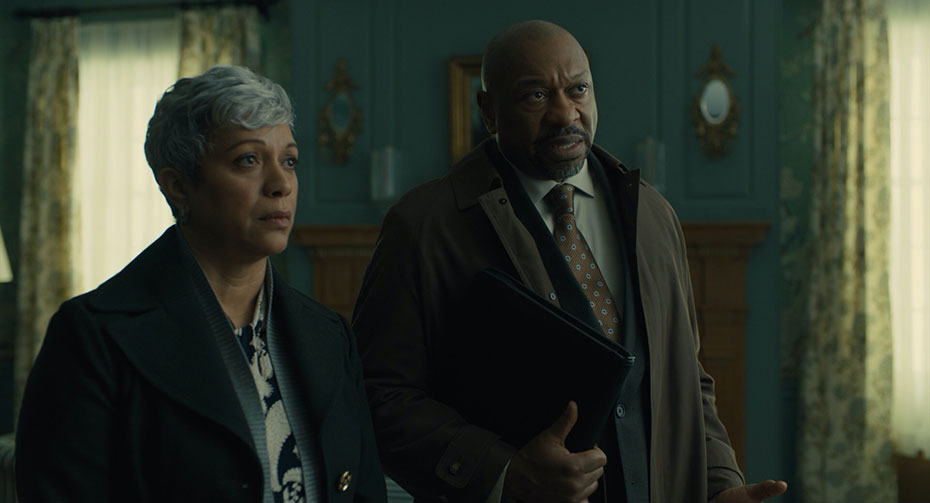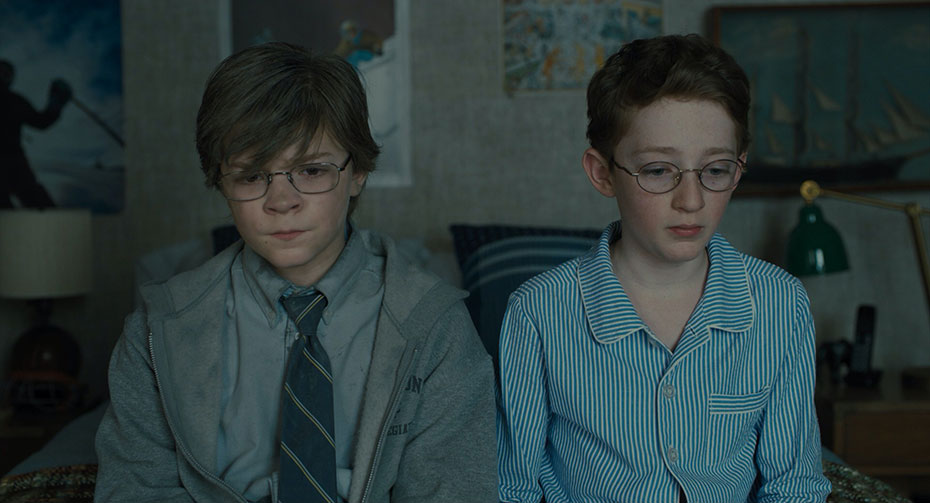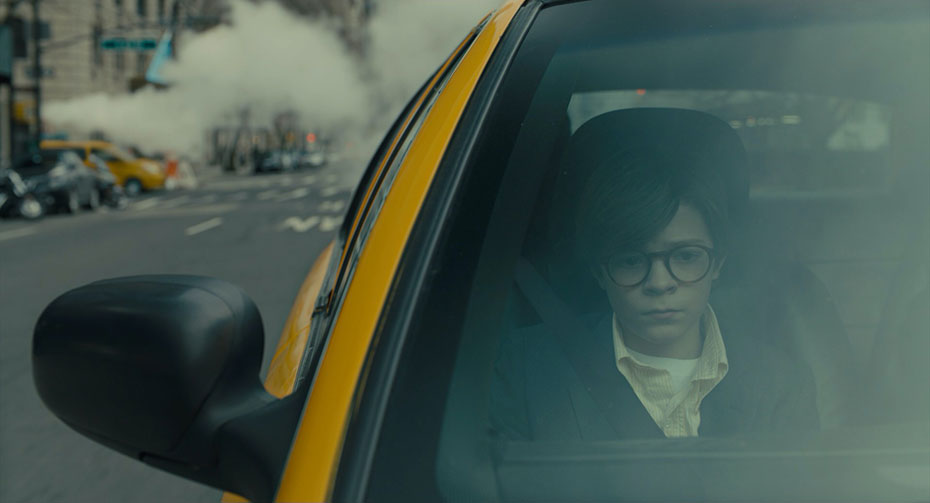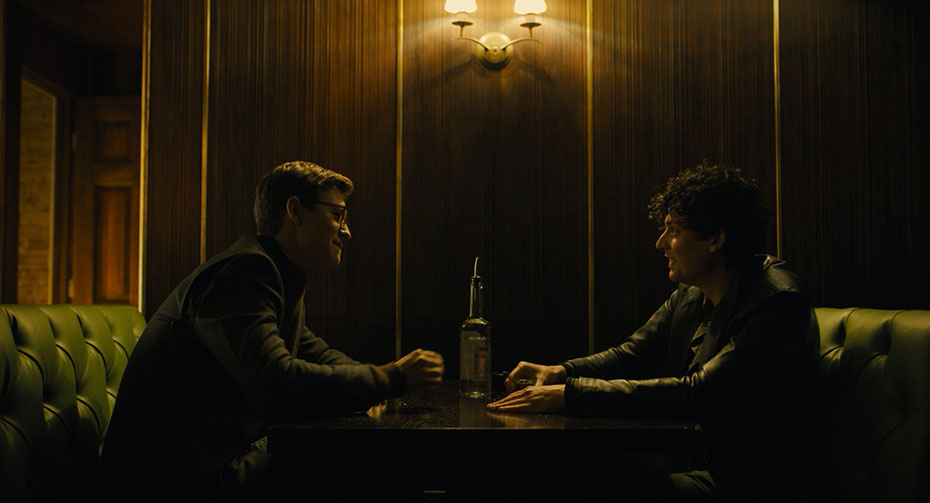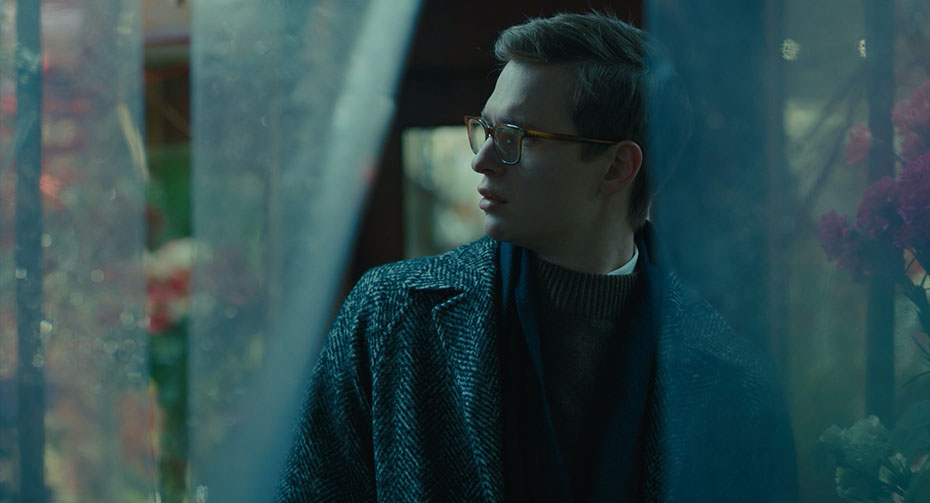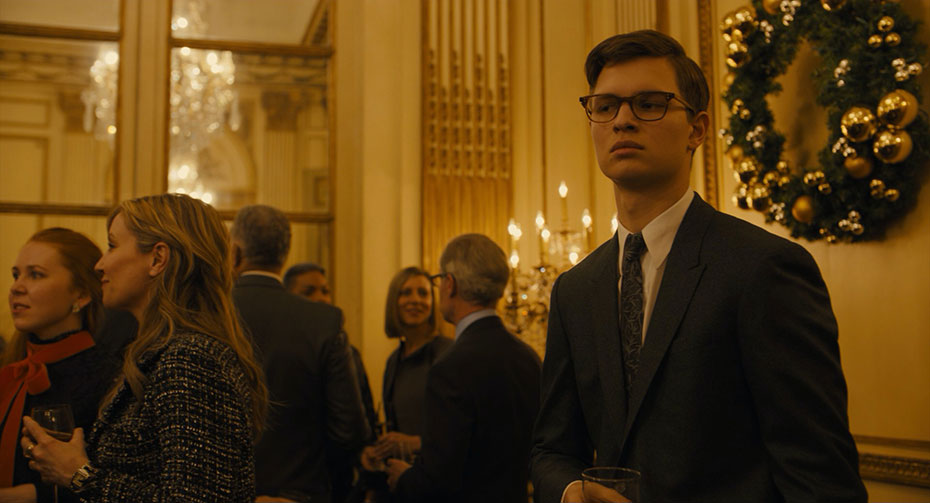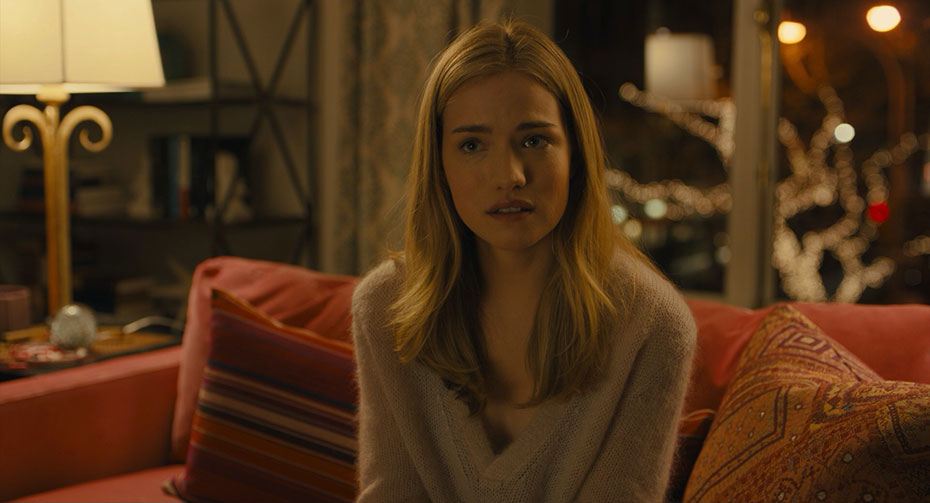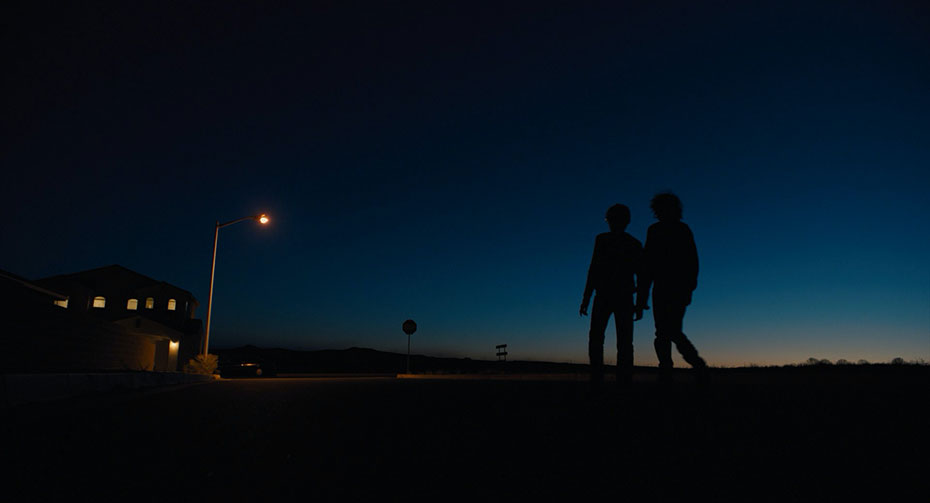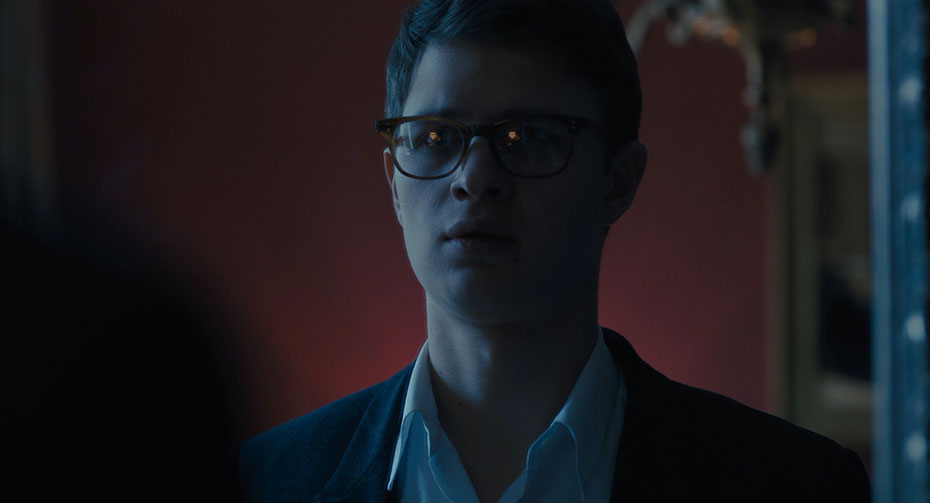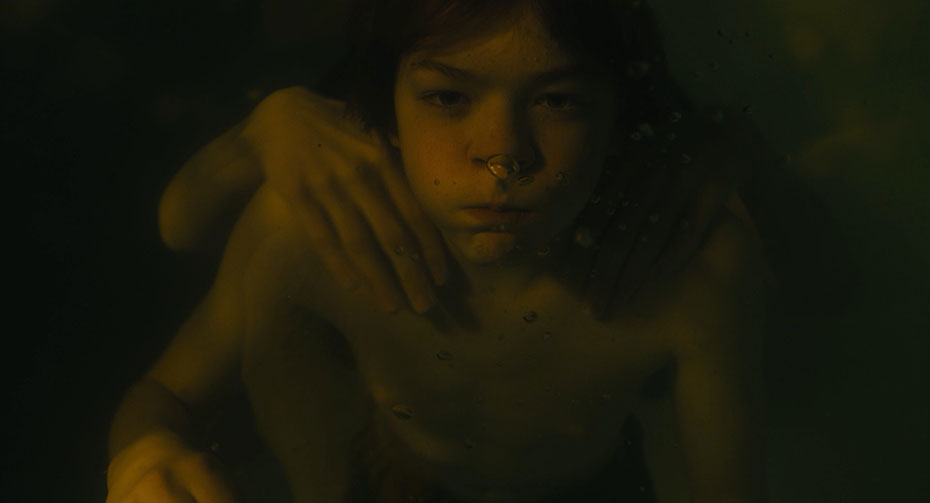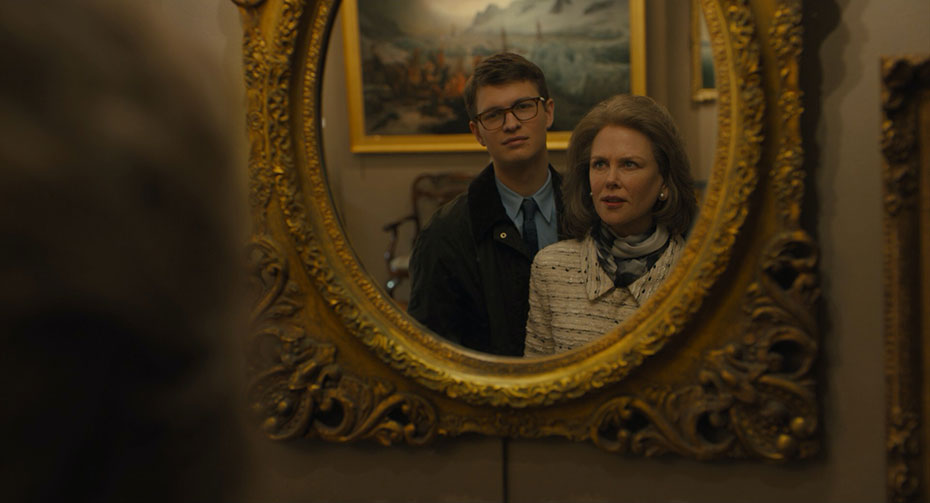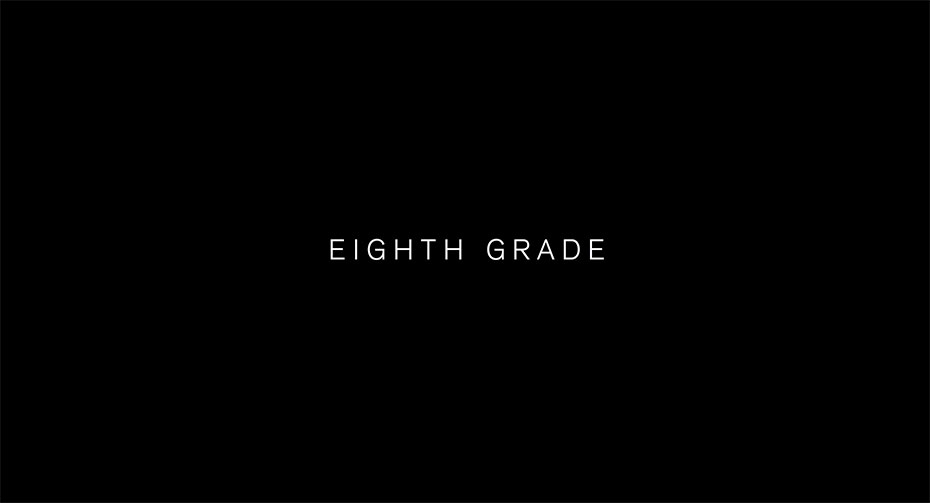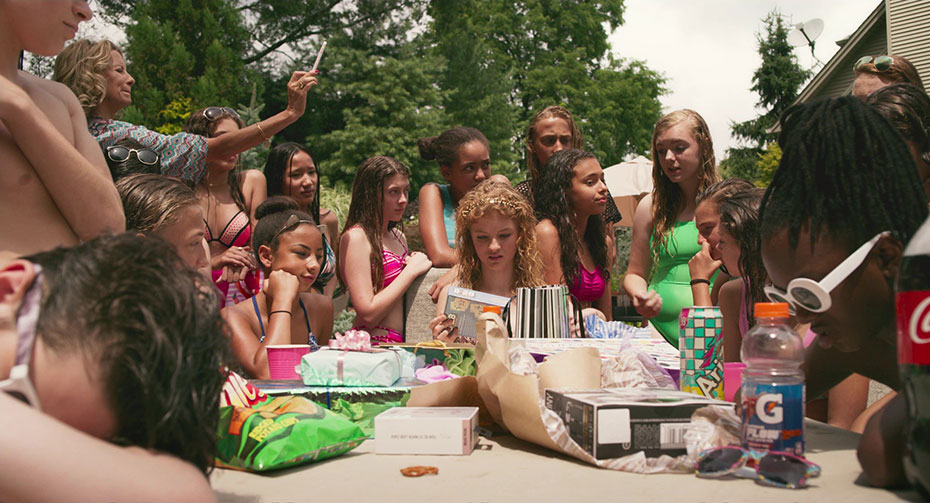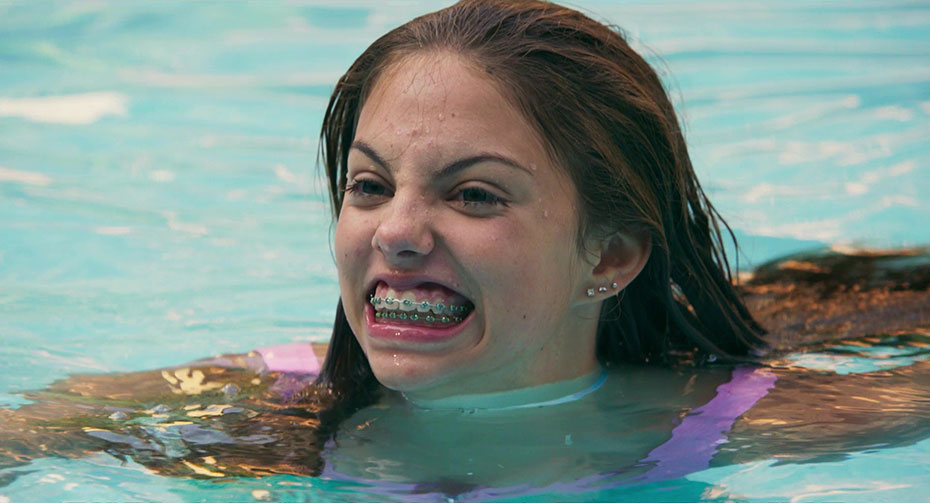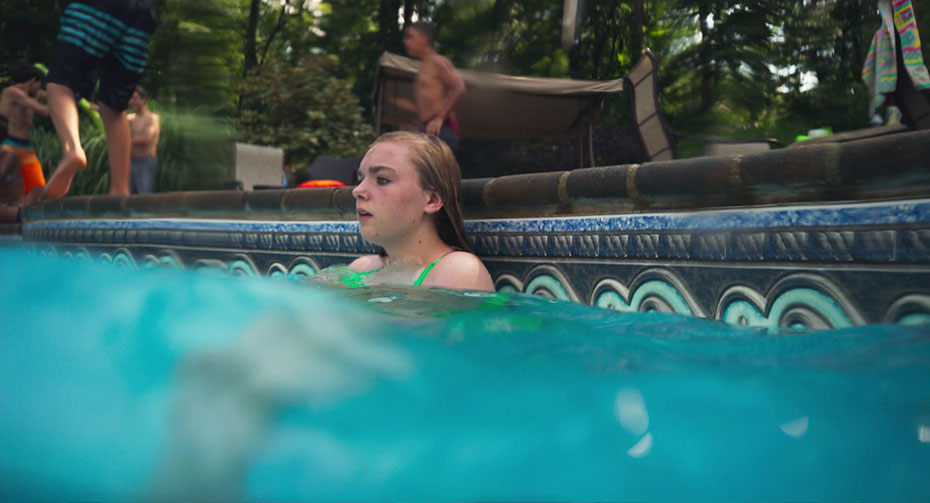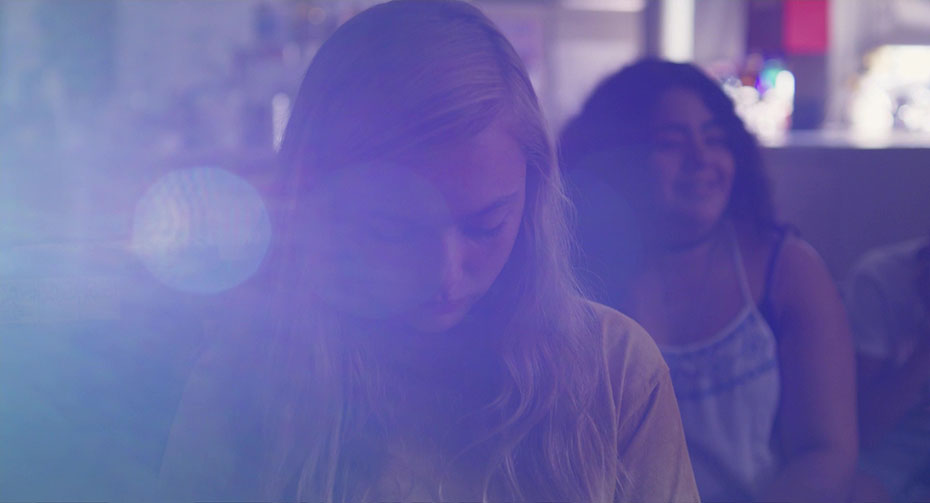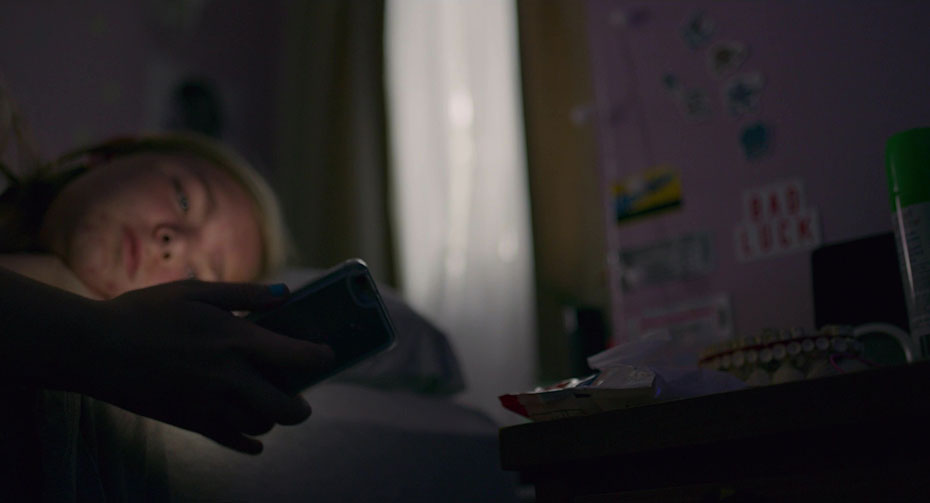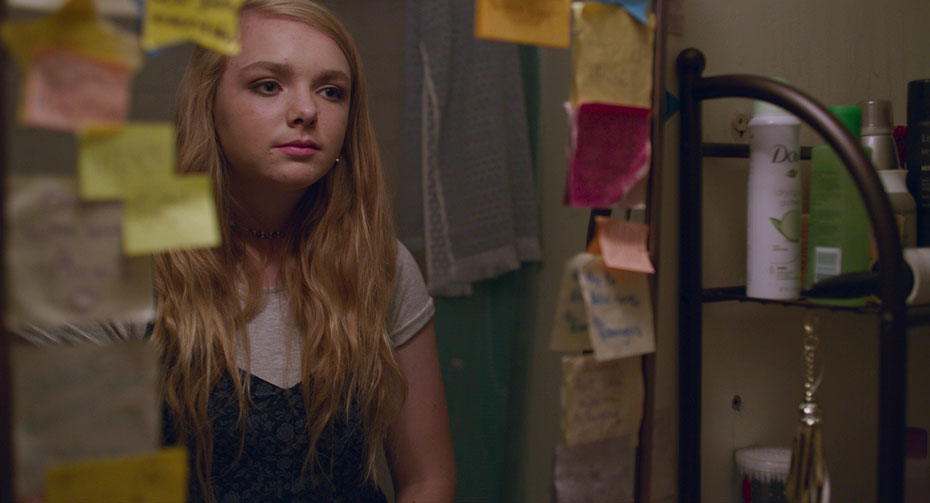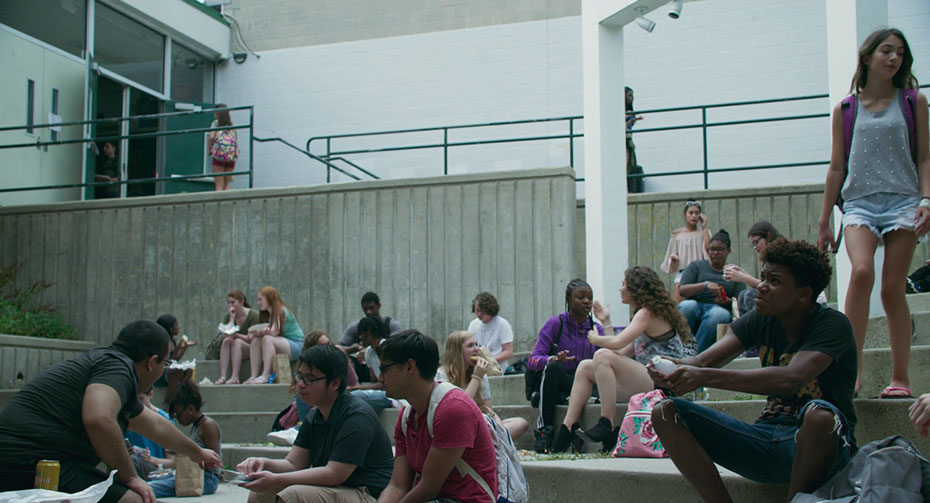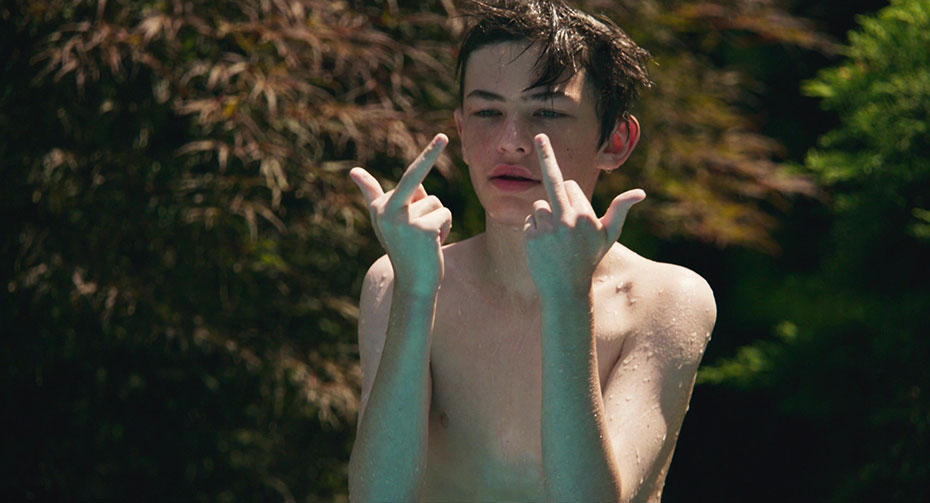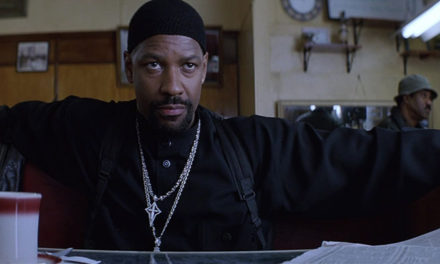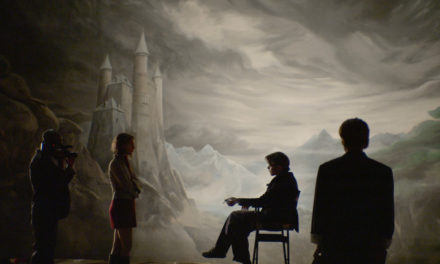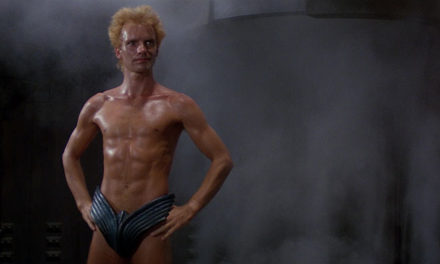THE TUESDAY DROP – 6/08
06.01.21 / New Shots
THELMA & LOUISE (1991)
THELMA & LOUISE, directed by Ridley Scott and written by Callie Khouri, has become an icon of feminist cinema. The film was selected for preservation in the National Film Registry by the United States Library of Congress in 2016, and was nominated for six Academy Awards, winning Best Original Screenplay. Thelma & Louise was shot by English cinematographer Adrian Biddle. Both Biddle and English Production Designer Norris Spencer were praised for their ability to see America from an outside perspective and capture its mythology. The movie was shot in a 2.35:1 aspect ratio on 35 mm film, and is recognized for its high-contrast visual style that pushed the boundaries of “realism” for dramatic effect. With frequent use of overexposed backlight, lens flares and smoke, this buddy road trip movie becomes an outlaw epic, and one of the most memorable portrayals of the America Southwest of the last 50 years.
WINTER’S BONE (2010)
Debra Granik’s second feature film as a writer / director is the mystery drama WINTER’S BONE. The film is known for introducing actor Jennifer Lawrence in her breakout performance. After graduating from NYU’s Graduate Film program, Granik worked primarily as a documentary cinematographer until her first fiction feature, Down To The Bone. The influence of this work is evident in Granik’s collaboration with Michael McDonough, who shot all of her films. Winter’s Bone was shot on a RED camera and was almost entirely hand-held, creating a feeling of never quite being settled. With striking attention to detail and a desire to portray the Ozarks in a realistic light, Winter’s Bone has become a landmark of contemporary American drama.
SHAFT (1971)
SHAFT is a 1971 crime action film, directed by legendary American photographer, musician, writer and filmmaker Gordon Parks. The film, along with Melvin Van Peebles’s 1971 film Sweet Sweetback’s Baadasssss Song, is seen as the beginning of the Blaxploitation genre. Though Shaft follows a fairly conventional noir plot structure, the centering of a black lead character has made this movie a critical departure from the conventions of studio filmmaking. Shaft was shot by Urs Furrer, who was born to Swiss parents in Indonesia before moving to the US in the 1950s. One of the key visual characteristics of the film is the way it appears to worship its central character, John Shaft. Shaft is almost always framed in low-angle shots, and camera movement is often motivated by his movement – creating a relationship between the hero and audience that up until then had almost always been reserved for white characters in American cinema.
PATHER PANCHALI (1955)
A naturalistic but poetic evocation of rural Bengali life, Satyajit Ray’s debut PATHER PANCHALI announced the arrival of one of the most influential artists in cinema history. Pather Panchali is the first of Ray’s “Apu Trilogy”, and follows a family and their troubles through the eyes of a young boy. Ray frequently spoke about his reverence for Italian Neorealism films such as Vittorio De Sica’s Bicycle Thieves, and the influence is clear in the attention to detail of his filmmaking. The film also marked the debut of cinematographer Subrata Mitra, who met Ray on the set of Jean Renoir’s The River. Mitra’s work on Pather Panchali is notable for many reasons, one of which was the invention of the technique of bouncing light. This came about when Ray and Mitra needed to shoot exterior scenes inside due to inclement weather. Operating under a total budget of just $3000, Mitra perfected this technique, allowing them to continue shooting. Completed with a score by first-time composer Ravi Shankar, Pather Panchali heralded the beginning of a remarkable cinematic collaboration.
BULLITT (2000)
Peter Yates’s 1968 action thriller BULLITT follows a cop, played by Steve McQueen, who finds himself in danger when an assignment to protect a syndicate witness goes wrong. Known for its extensive use of real locations rather than studio sets (which was rare at the time), Bullitt has become a document of 1960s San Francisco. Cinematographer William A. Fraker used new, lightweight Arriflex cameras for greater flexibility on the film’s many locations. This particularly came in handy during the film’s iconic car chase, still heralded by many as one of the most exciting in movie history. The 12 minute scene took two weeks to film, and Yates convinced the mayor of San Francisco to give them access to the entire city over the course of filming. By using small remote cameras mounted inside the cars, on the front bumpers and in different locations on the streets, Yates and Fraker were able to create an authentic chase sequence that takes you through the city at over 100 mph.
AMERICAN HONEY (2016)
Andrea Arnold’s fourth feature film, AMERICAN HONEY, is an epic road trip drama starring Sasha Lane and Shia LaBeouf. After three features all set in the United Kingdom, English-born Arnold set out to make her first American-based film by embarking on a road trip across the country. This lay the foundation for the film, which was itself made as a 12,000 mile road trip with cast and crew – although the cast was never told where they were going. For cinematographer Robbie Ryan, who had worked with Arnold on all her previous features, American Honey took the grit and realism of their previous collaborations and added an element of poetry. American Honey was shot on a combination of digital and film, and was almost entirely hand-held. Ryan described his process with Arnold as one bound by some rules, but also embraced the idea of following chaos in order to create images with purity and freedom.
PAIN AND GLORY (2019)
Pedro Almodovar’s 2019 drama PAIN AND GLORY follows a director (played by Antonio Banderas) reflecting on the choices he has made in his life during a time of crisis. Seen by many as a work of semi-autobiographical fiction, Pain and Glory is one of Almodovar’s more restrained films, but is still packed with his signature dynamism and emotion. Cinematographer and long time collaborator Jose Luis Alcane pays particular attention to the relationship between blue and red in this film. The film creates contrast between these opposing colors throughout the story – we open submerged underwater in cyan, see characters in a house covered in red tiles, and witness dramatic conversations between characters dressed in the opposing colors. The result is a film committed to visual storytelling that is rich in detail and meaning, and goes beyond the dialogue and action alone.
AIN’T THEM BODIES SAINTS (2013)
AIN’T THEM BODIES SAINTS is the second feature directorial effort from American writer / director David Lowery, starring Casey Affleck and Rooney Mara. The film marks the first collaboration between Lowery and cinematographer Bradford Young, who was known for his work on films such as Dee Rees’s Pariah and Ava DuVernay’s Middle of Nowhere. Ain’t Them Bodies Saints was shot on 35mm film, and Young and Lowery were aiming for a hand-made quality to the look of the film. Because their deal with the bond company didn’t permit them to present much decay on the negative, Young found a solution that involved underexposing all day exteriors by three stops and all night and interior scenes by one stop, and then compensating with ND filters. Additionally, Young and Lowery agreed to only light the film with sources that were faithful to the period. The result is a film with warm, textural tones that compliments its performances with a thoughtful and honest visual style.
THE GOLDFINCH (2019)
John Crowley’s 2019 film THE GOLDFINCH is an adaptation of Donna Tartt’s 2013 novel of the same name. The film stars Ansel Elgort as a young man whose life changes after his mother dies in a terrorist attack. The Goldfinch was Crowley’s first collaboration with British cinematographer Roger Deakins, who was coming off shooting Blade Runner 2049 with Denis Villeneuve. For this project, Deakins aimed for a straightforward visual approach – shooting in 1.85:1 aspect ratio on the Alexa with Zeiss Master Prime lenses. The consistency of the tools used to shoot the film allow the differences between the locations to stand out, shaping the visual journey of the story.
EIGHTH GRADE (2018)
EIGHTH GRADE is the directorial debut of comedian Bo Burnham, and follows Kayla, a 13 year old girl navigating her adolescence as she prepares to start high school. Shot by American cinematographer Andrew Wehder, the film leans into the digital worlds that its characters occupy. While the majority of the movie was shot on a RED, Burnham and Wehder filmed Kayla’s YouTube vlogs with a MacBook, and filmed screens of computers and phones directly, without digital replacement in post production. The effect is a film that treats its physical worlds and digital worlds with equal verisimilitude, and paints a rich portrait of the conflicting identities that its protagonist is grappling with.

